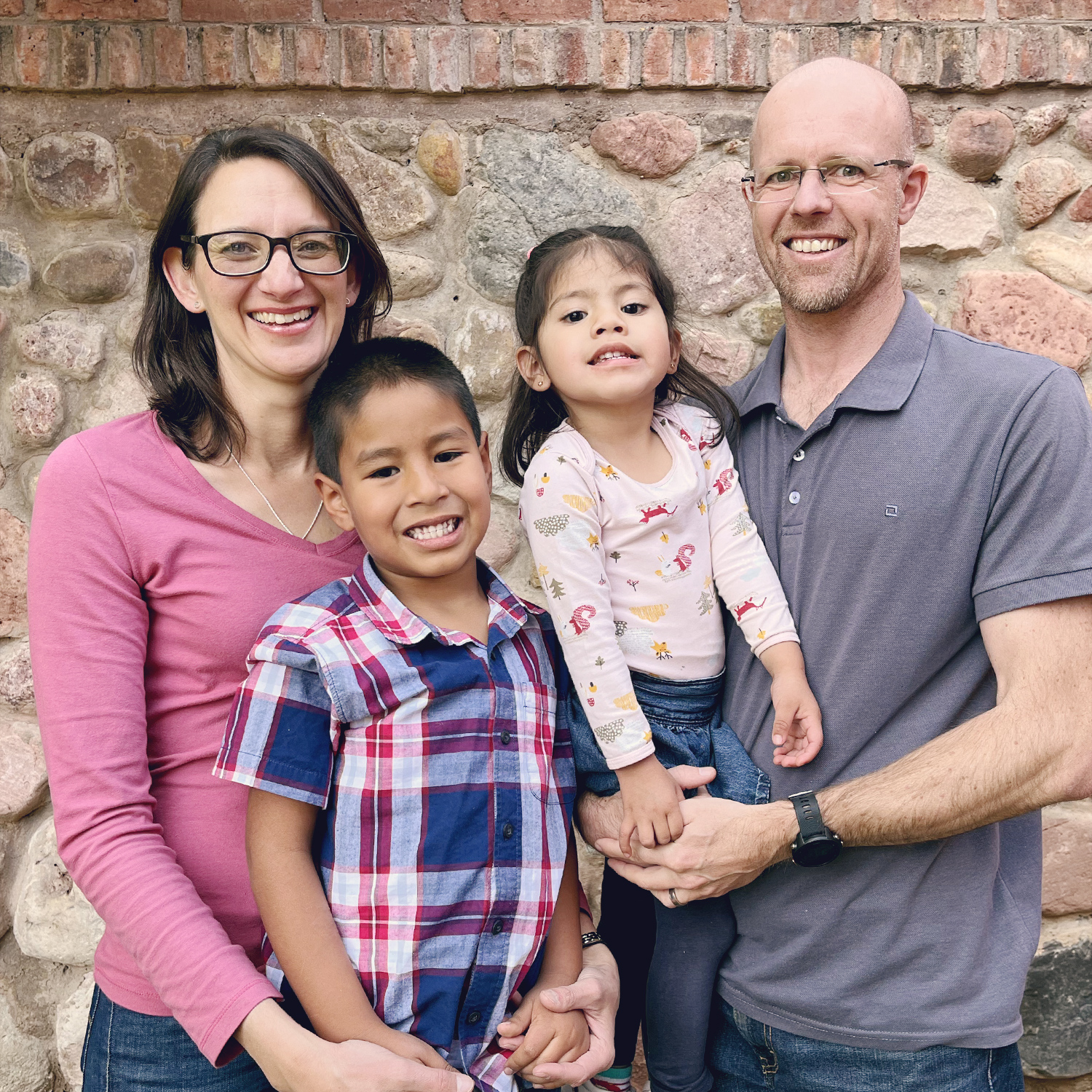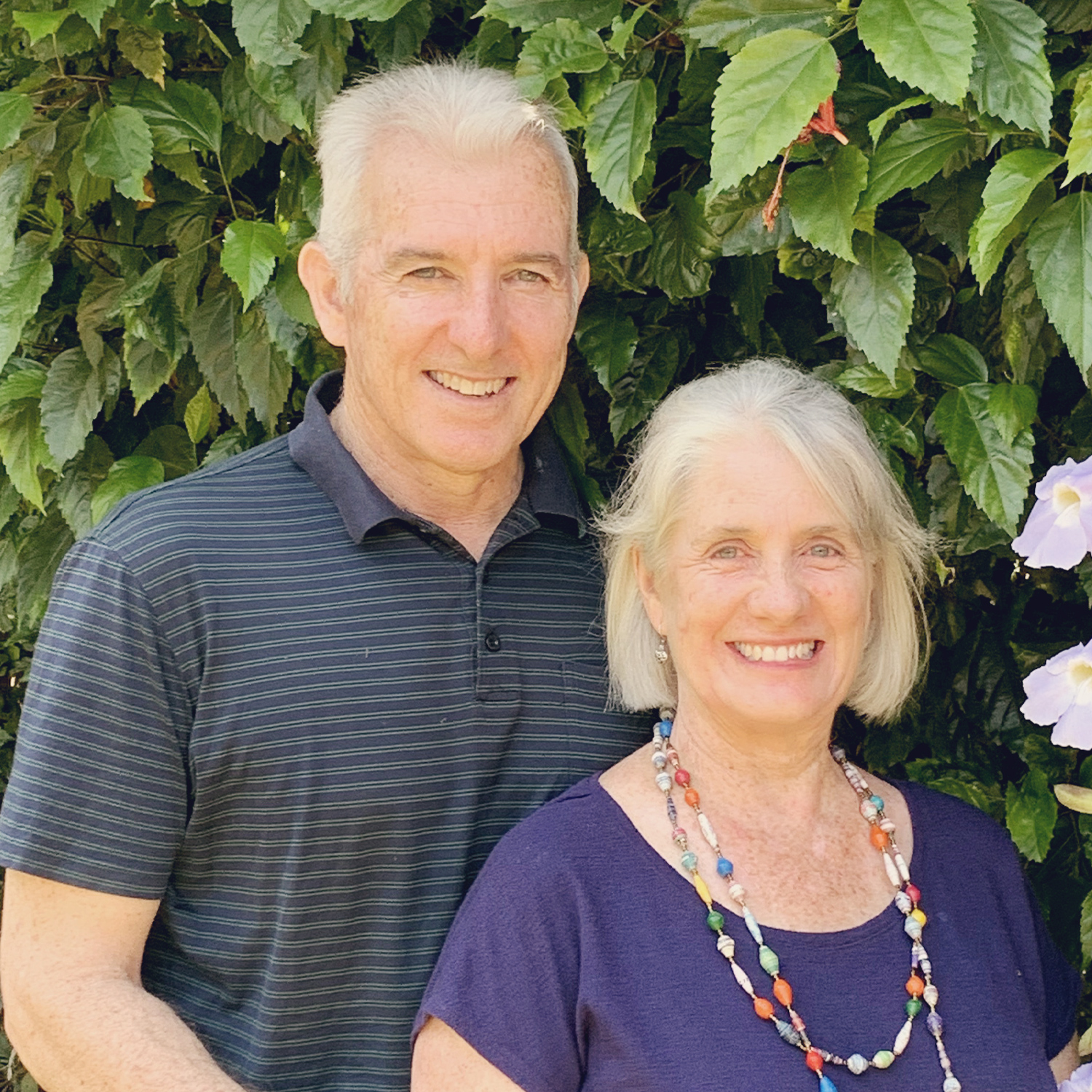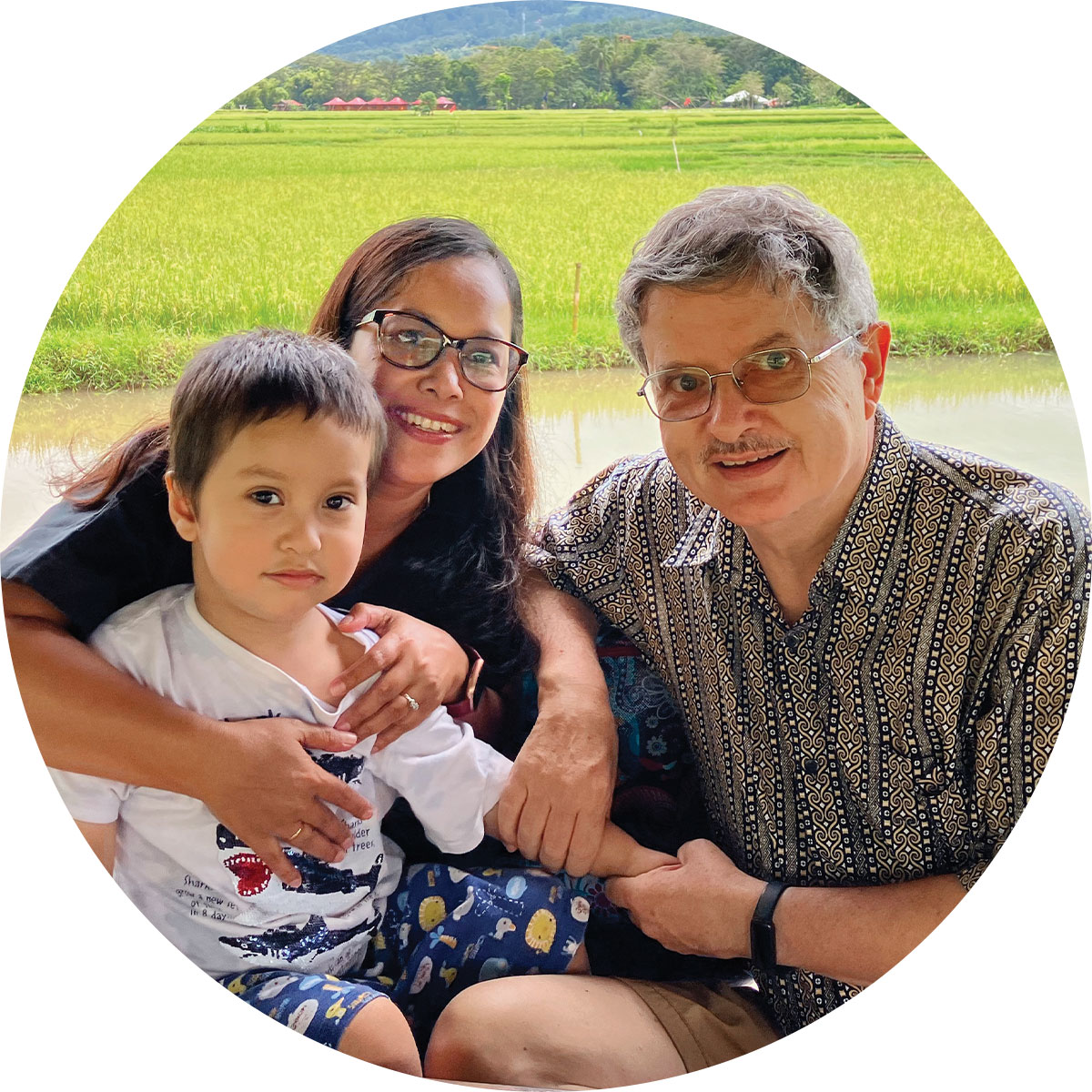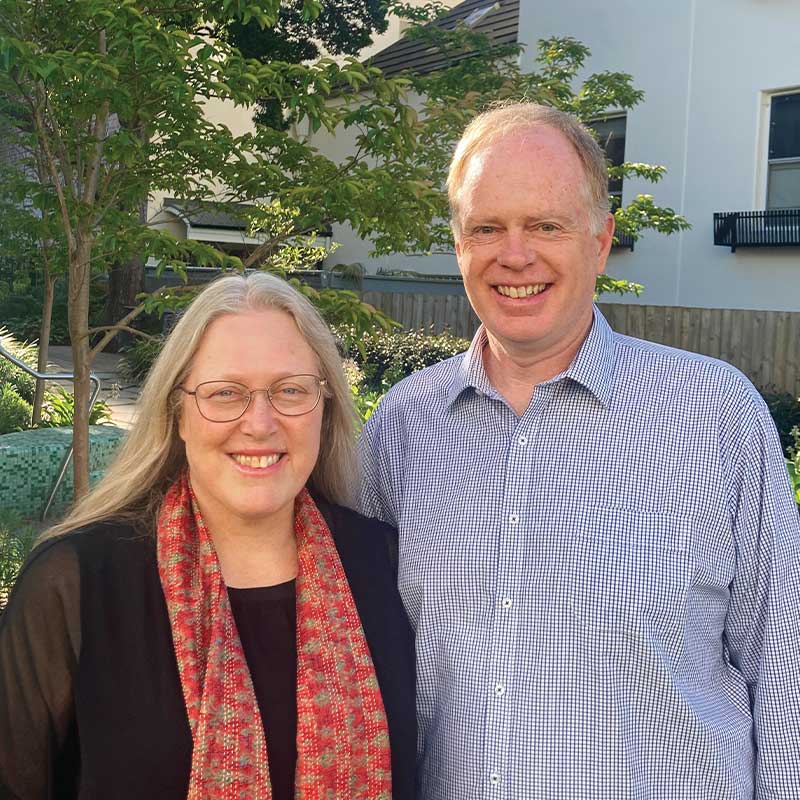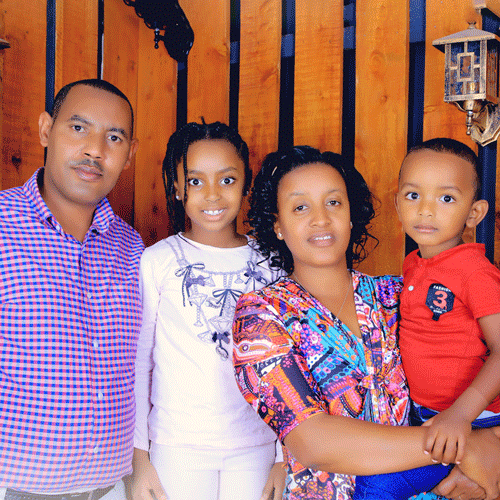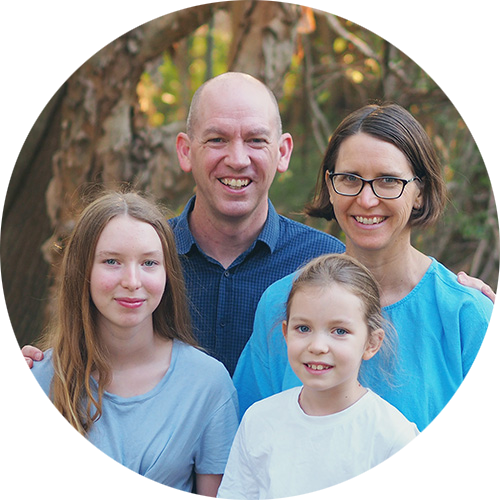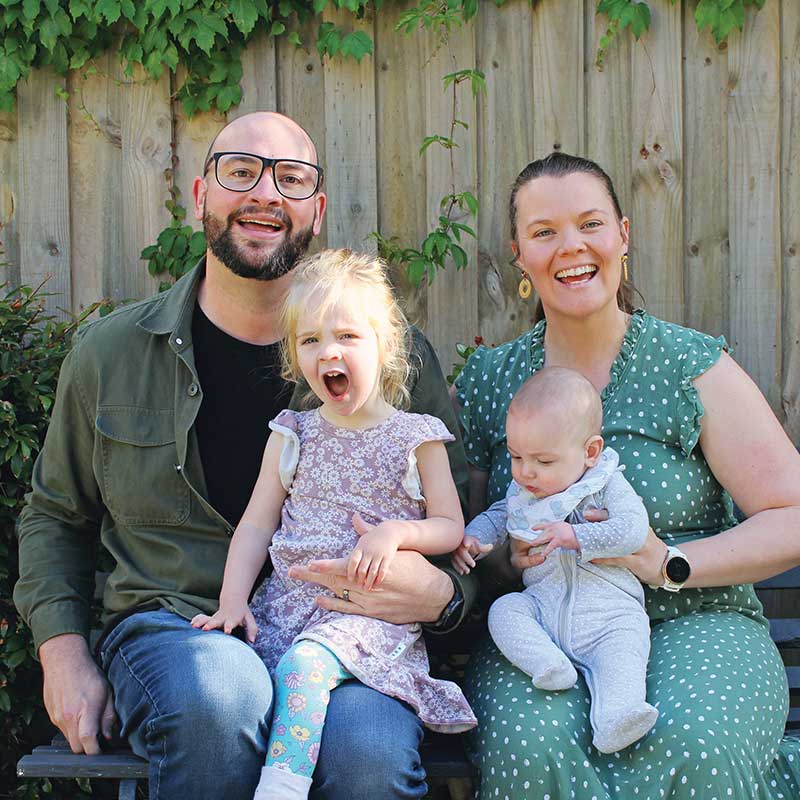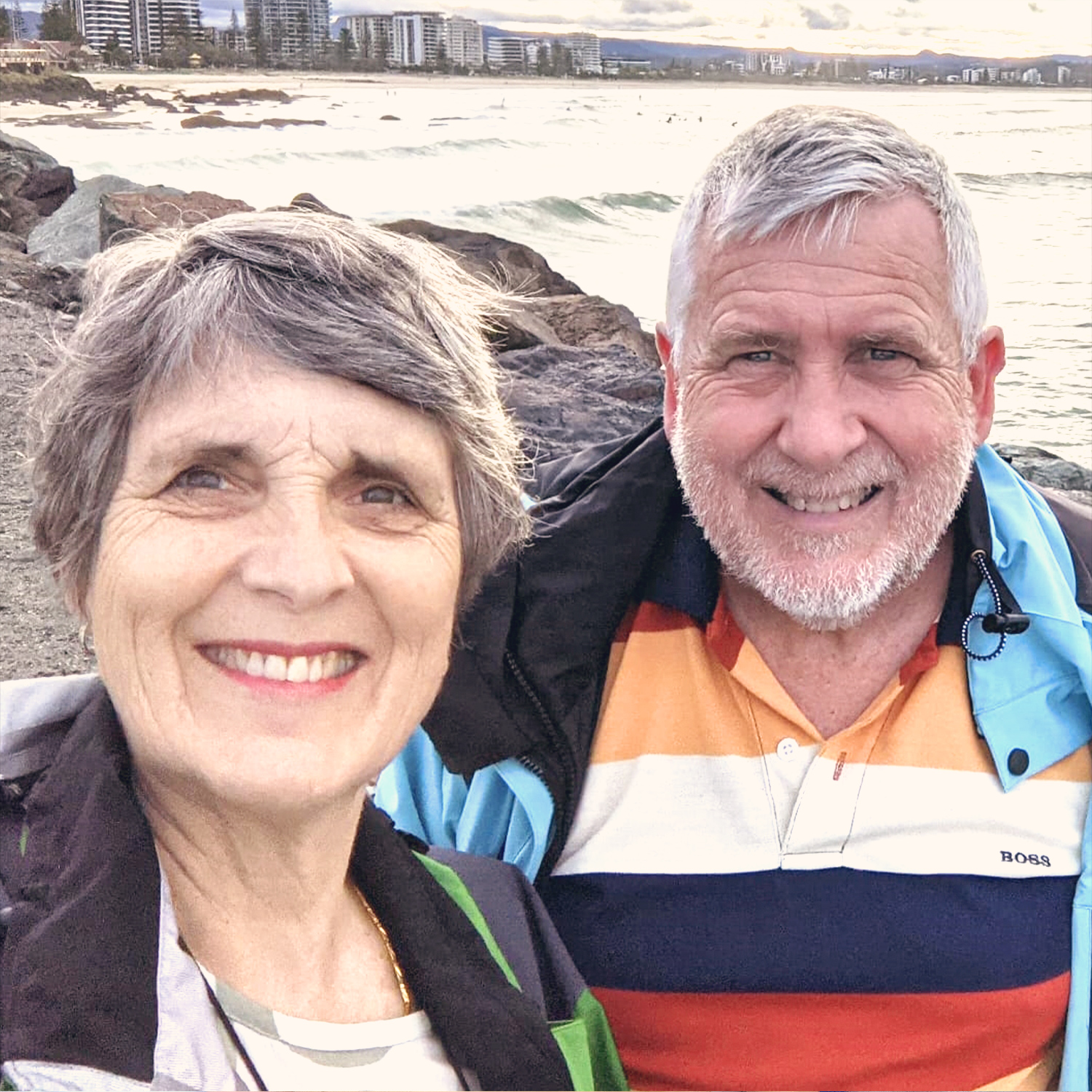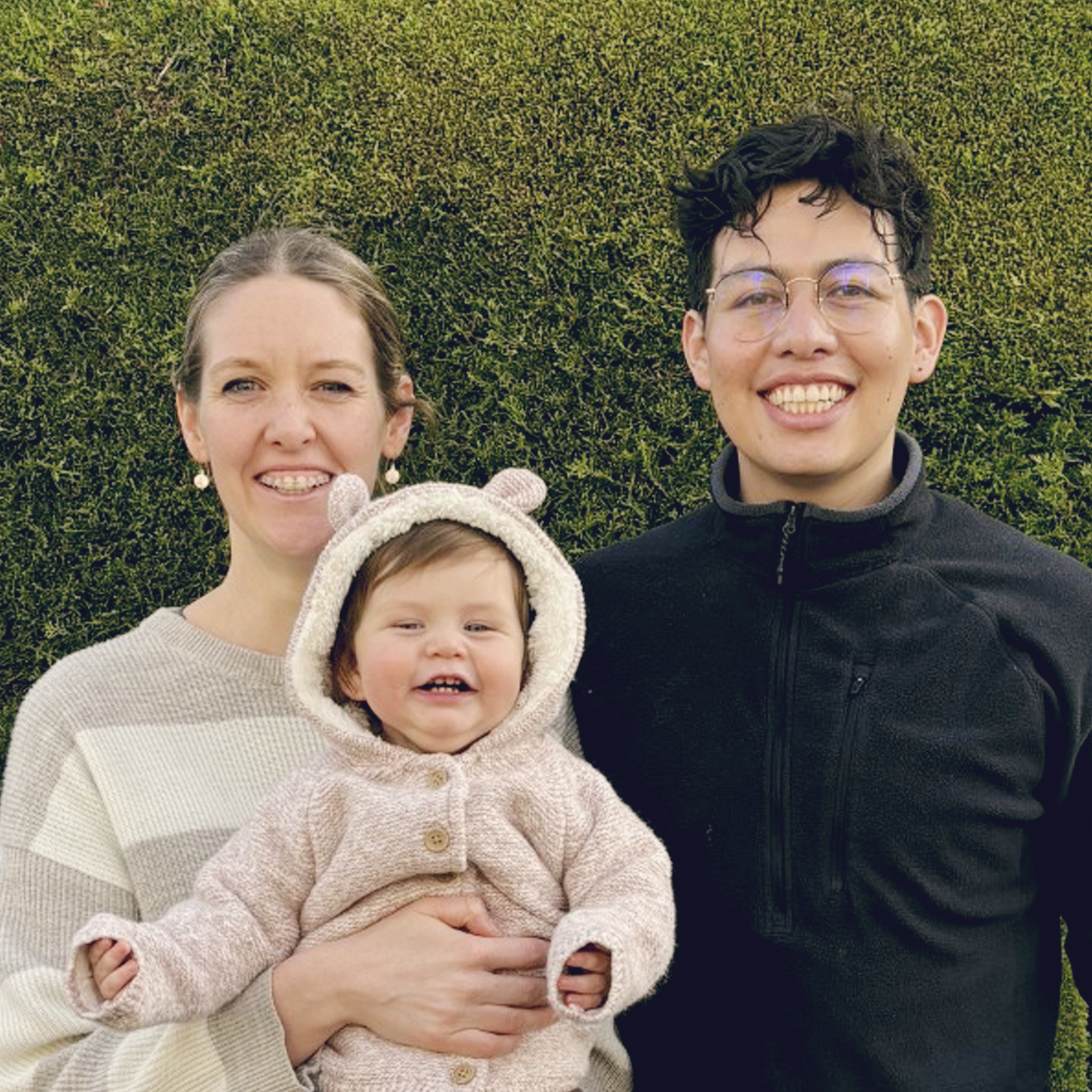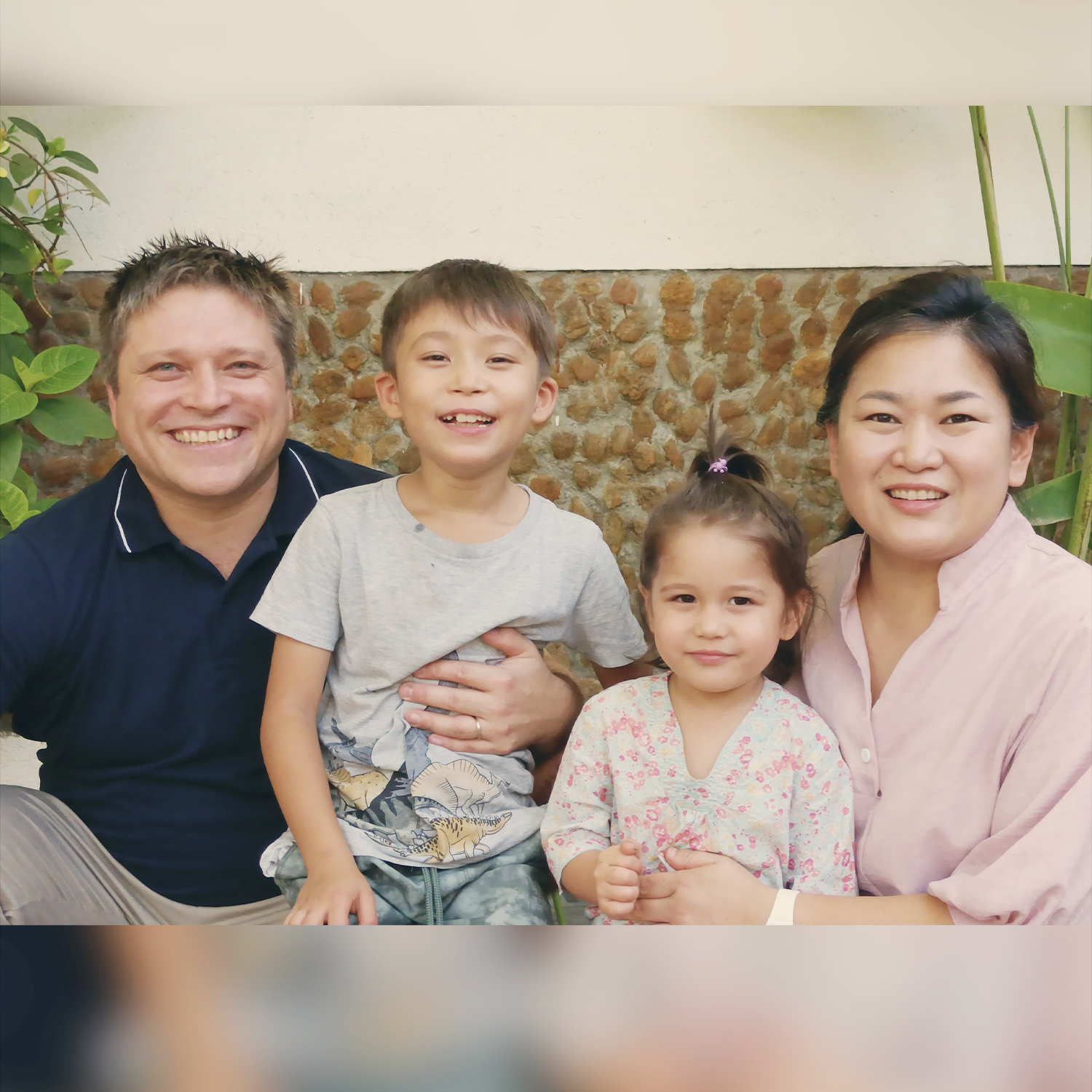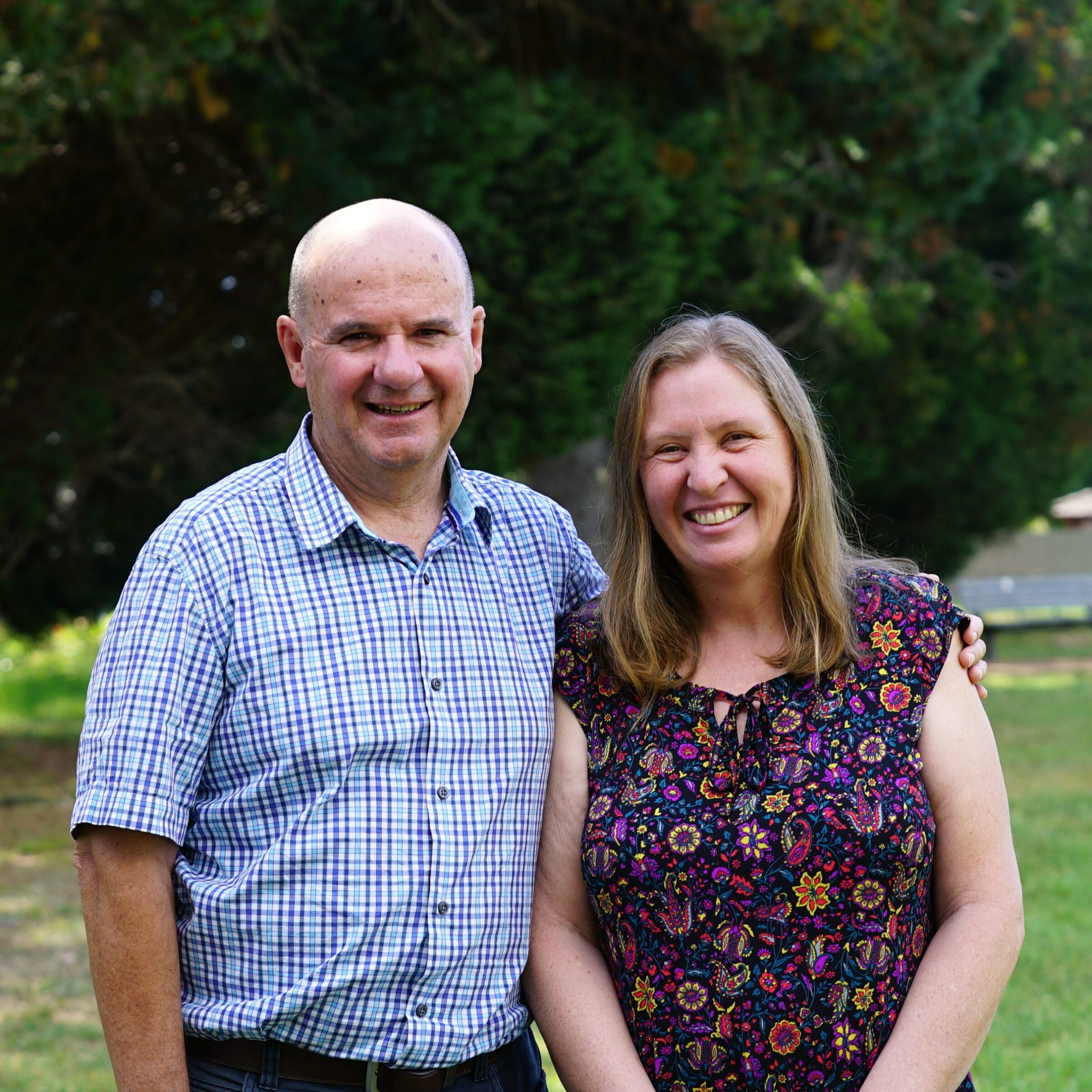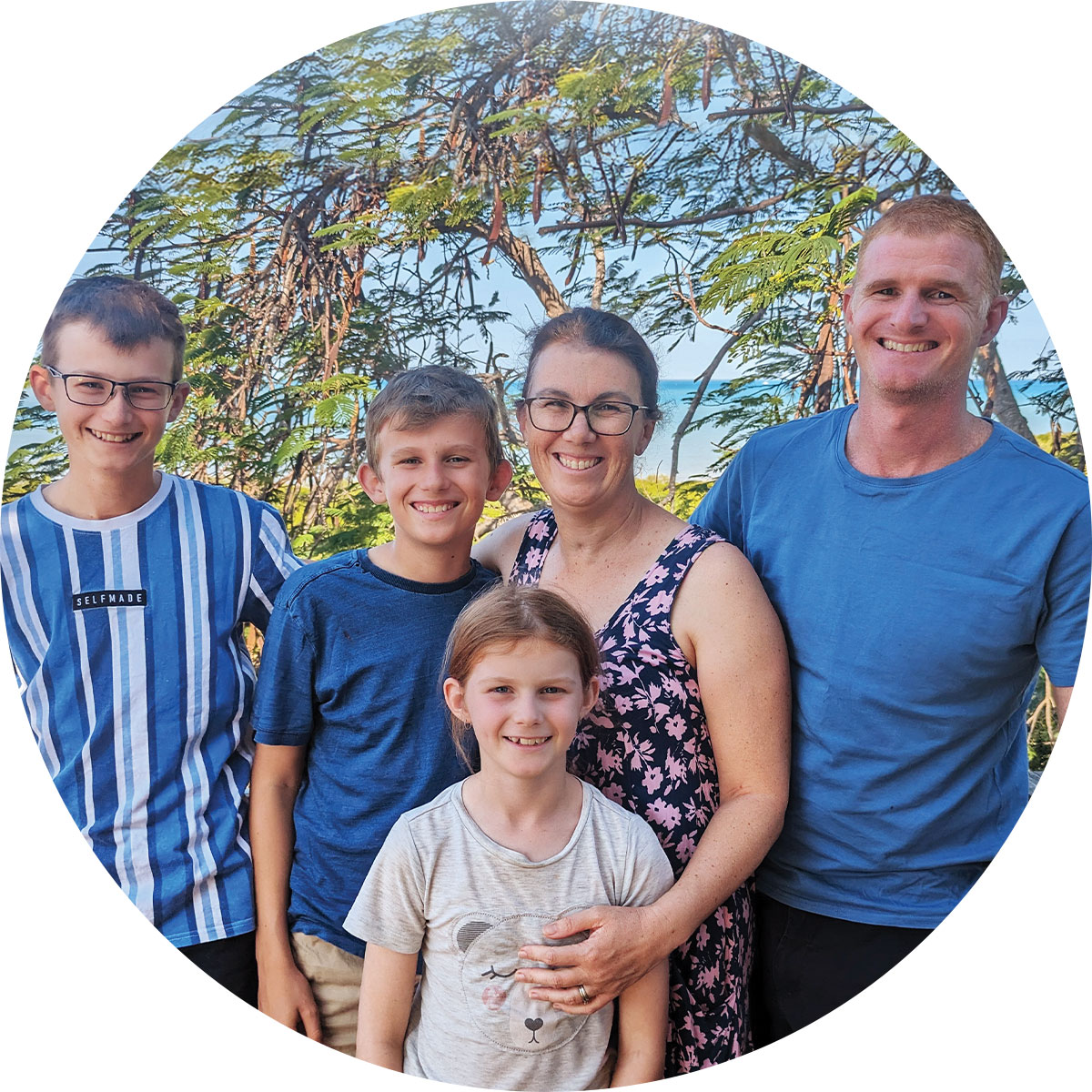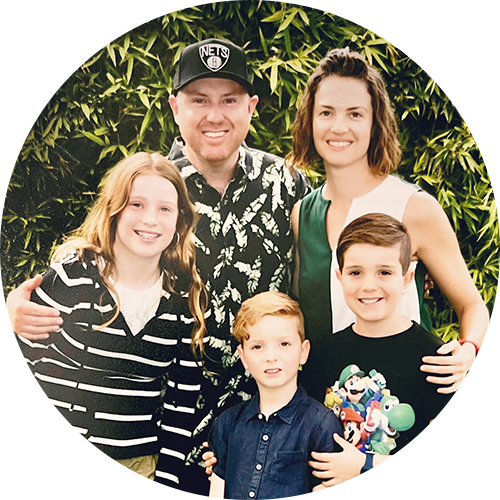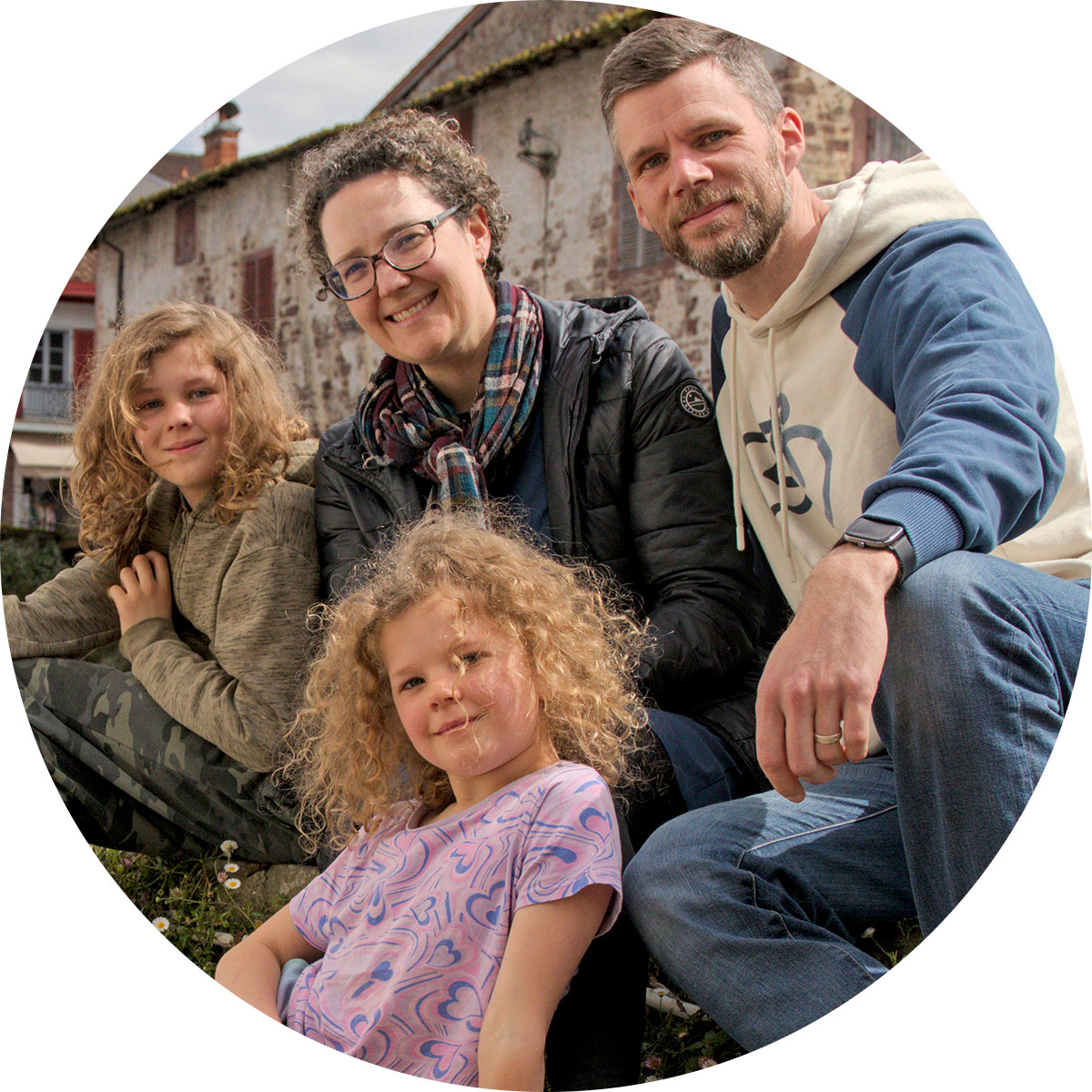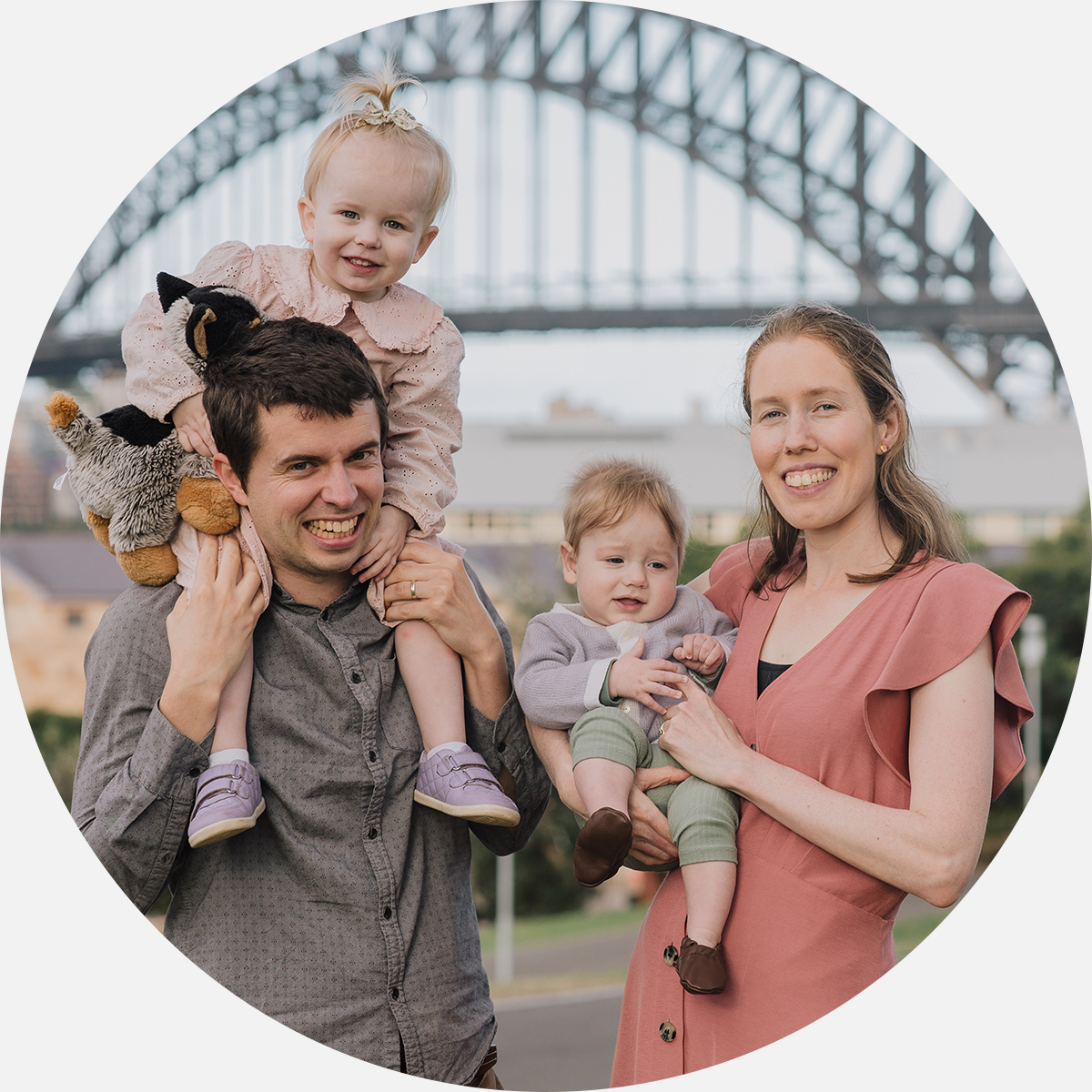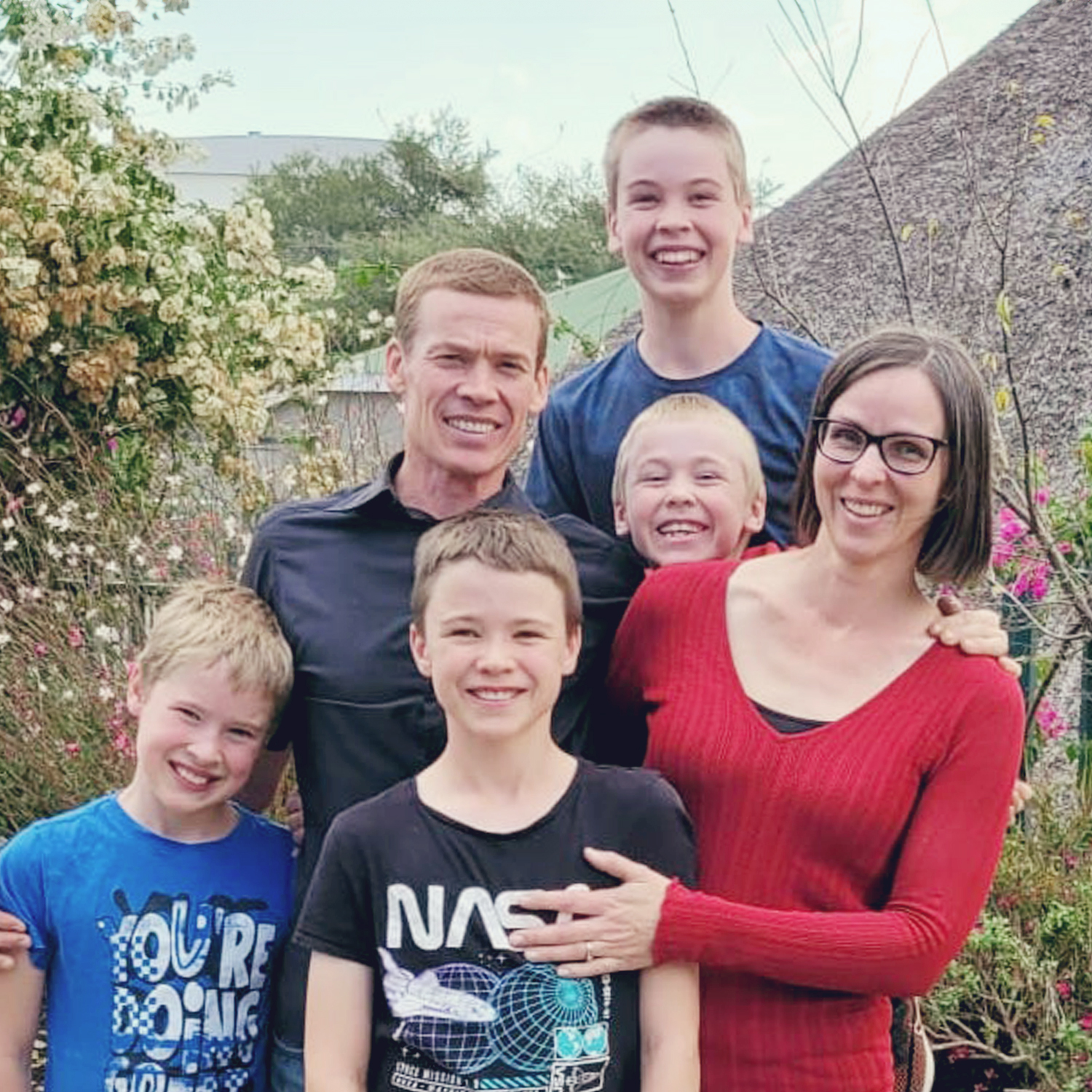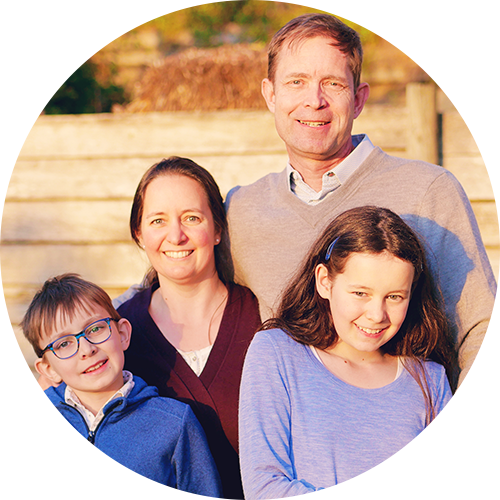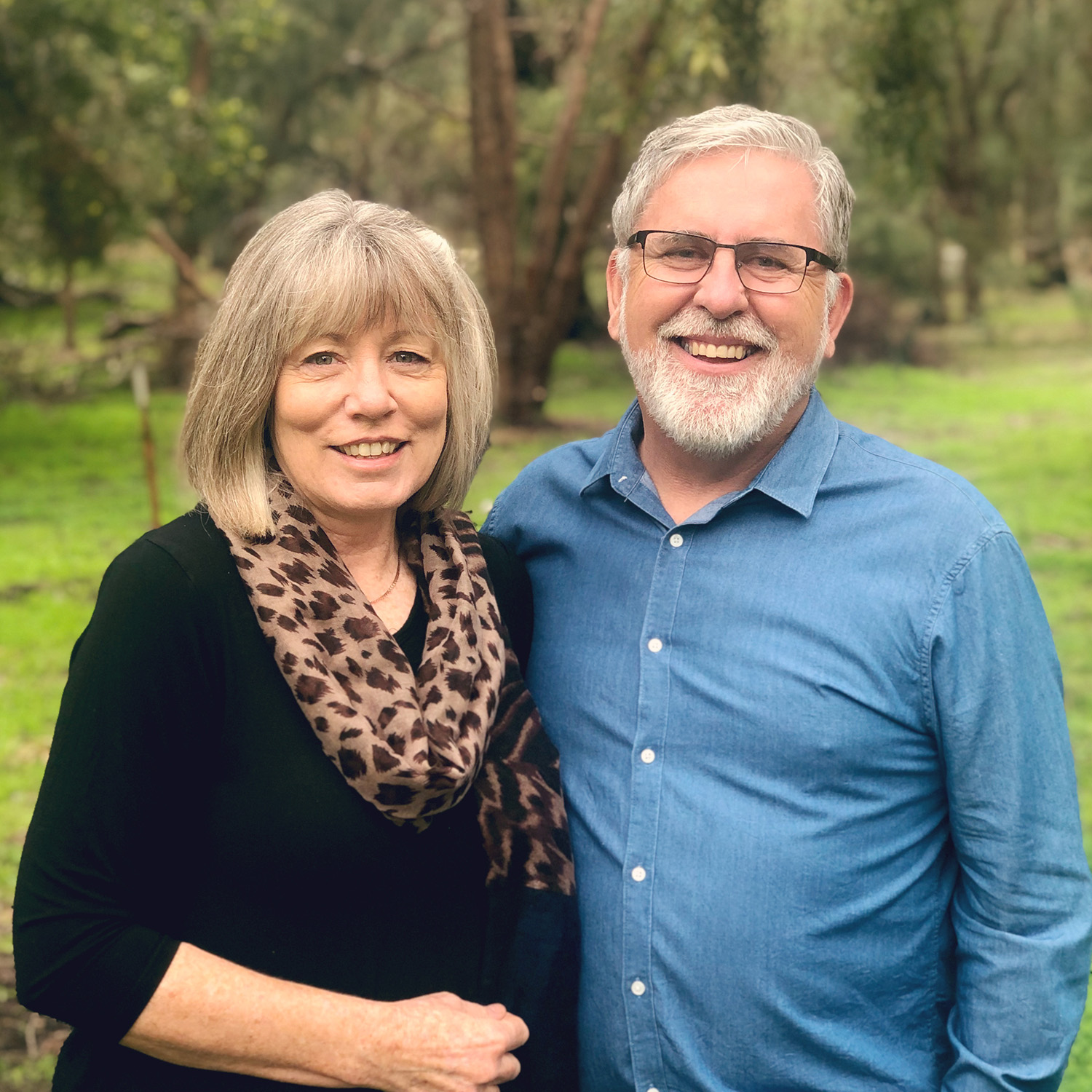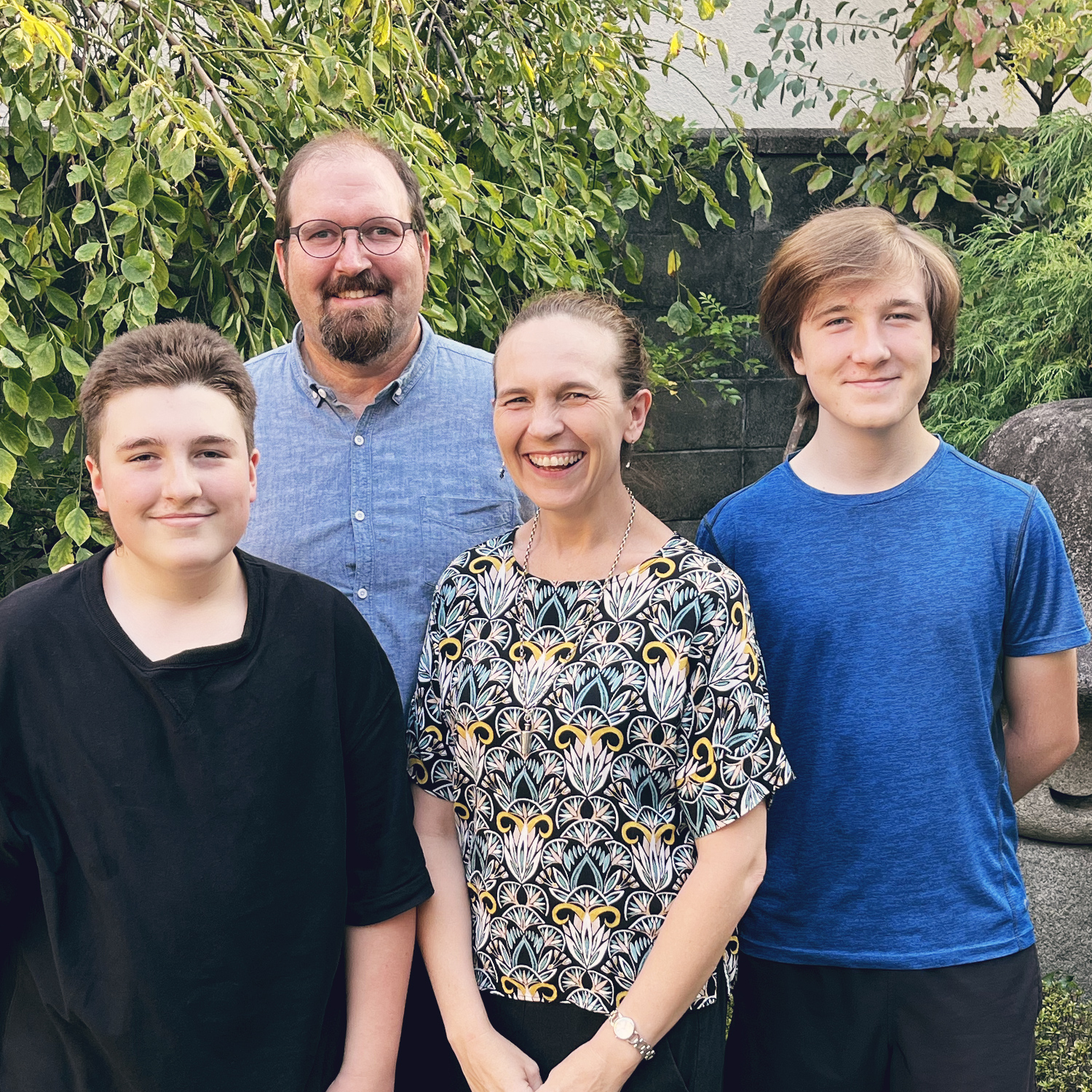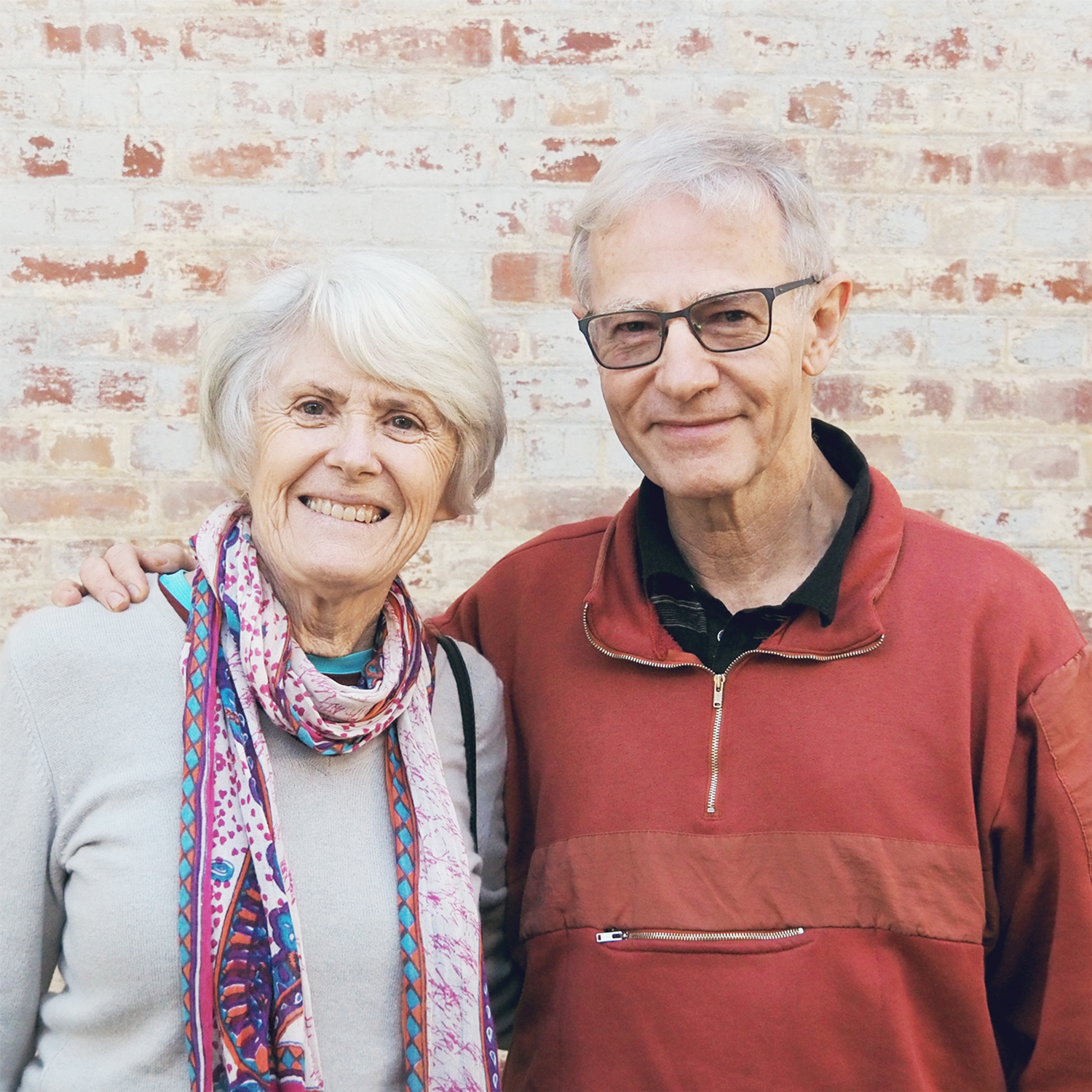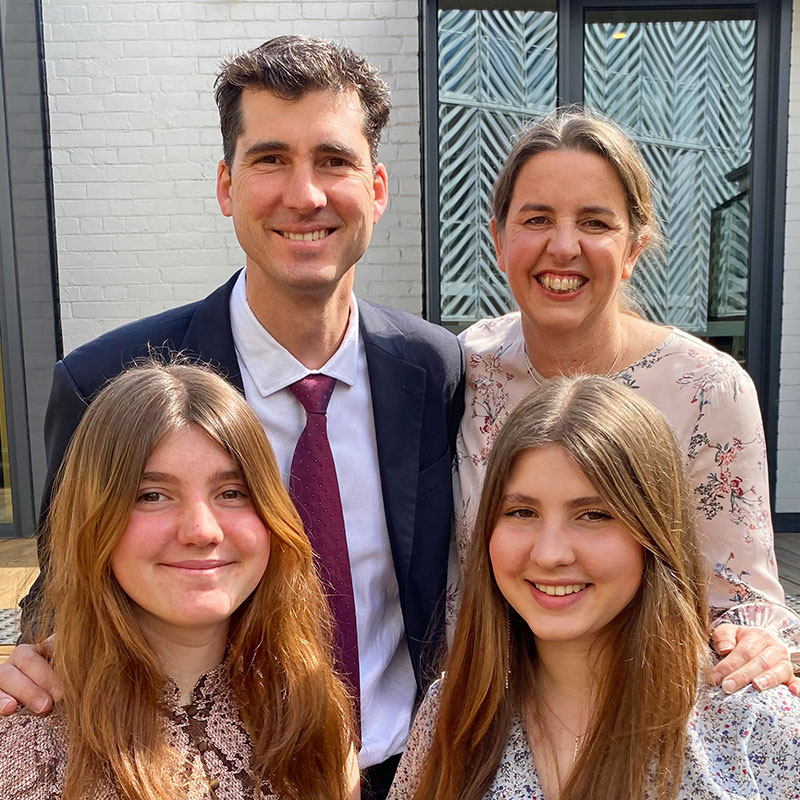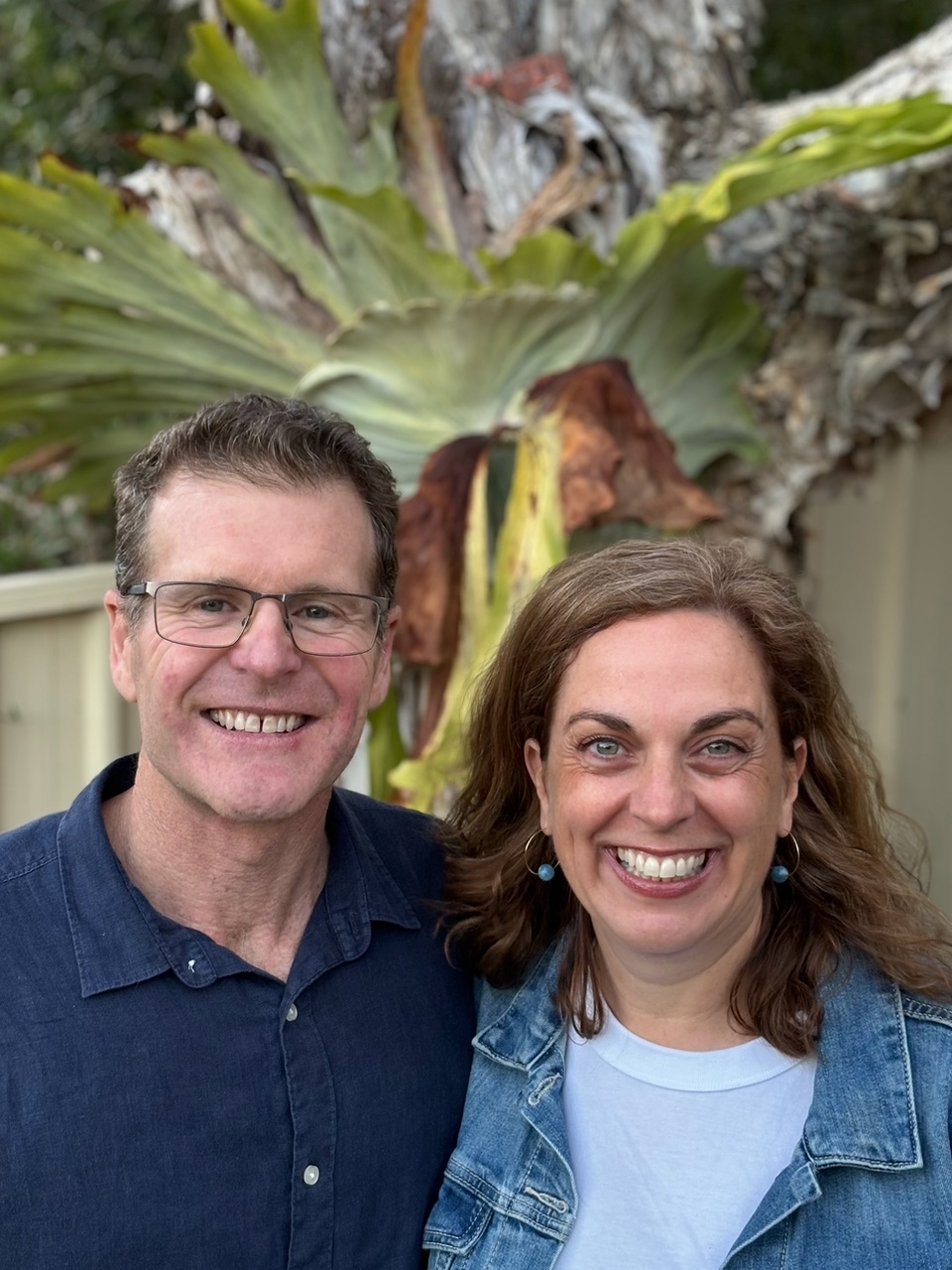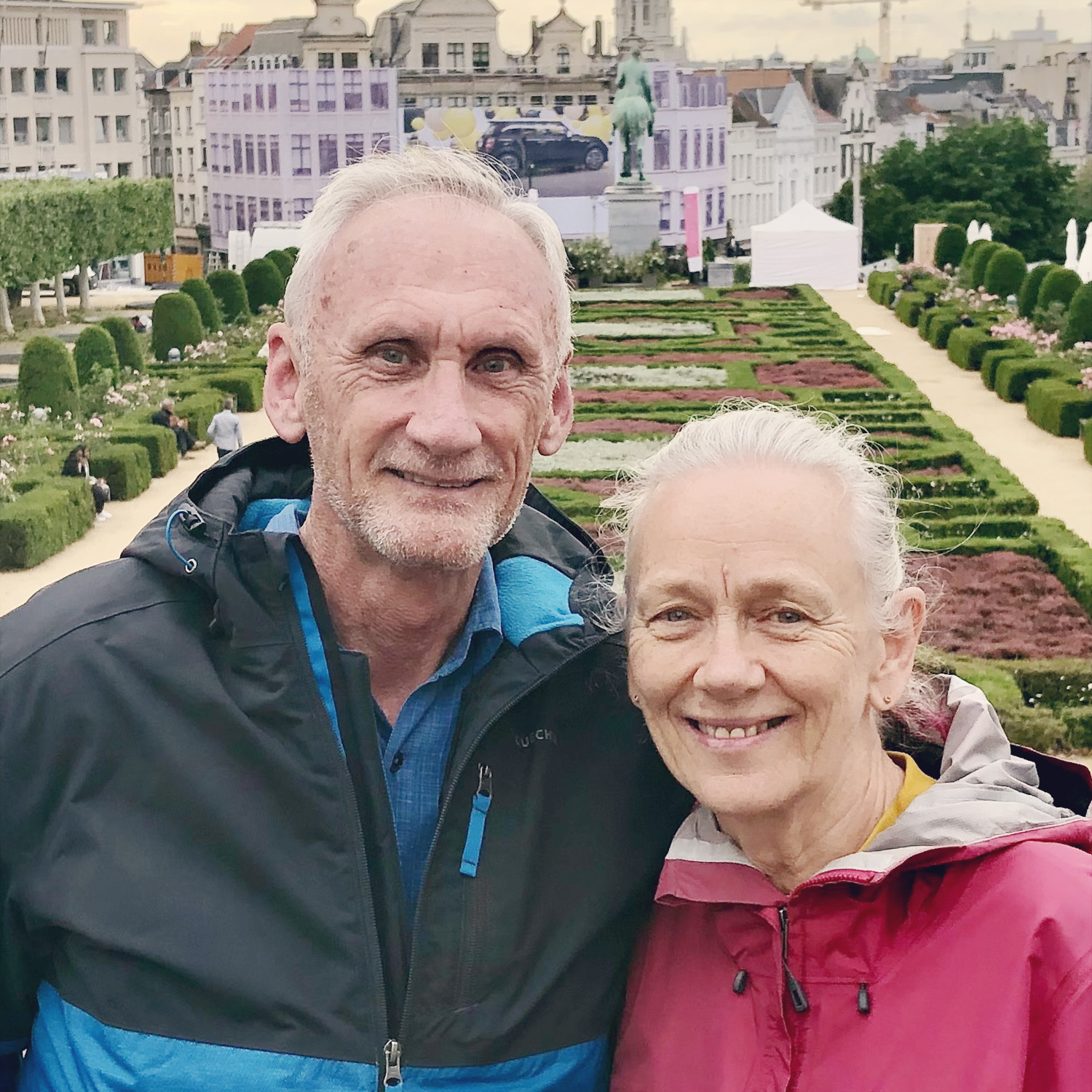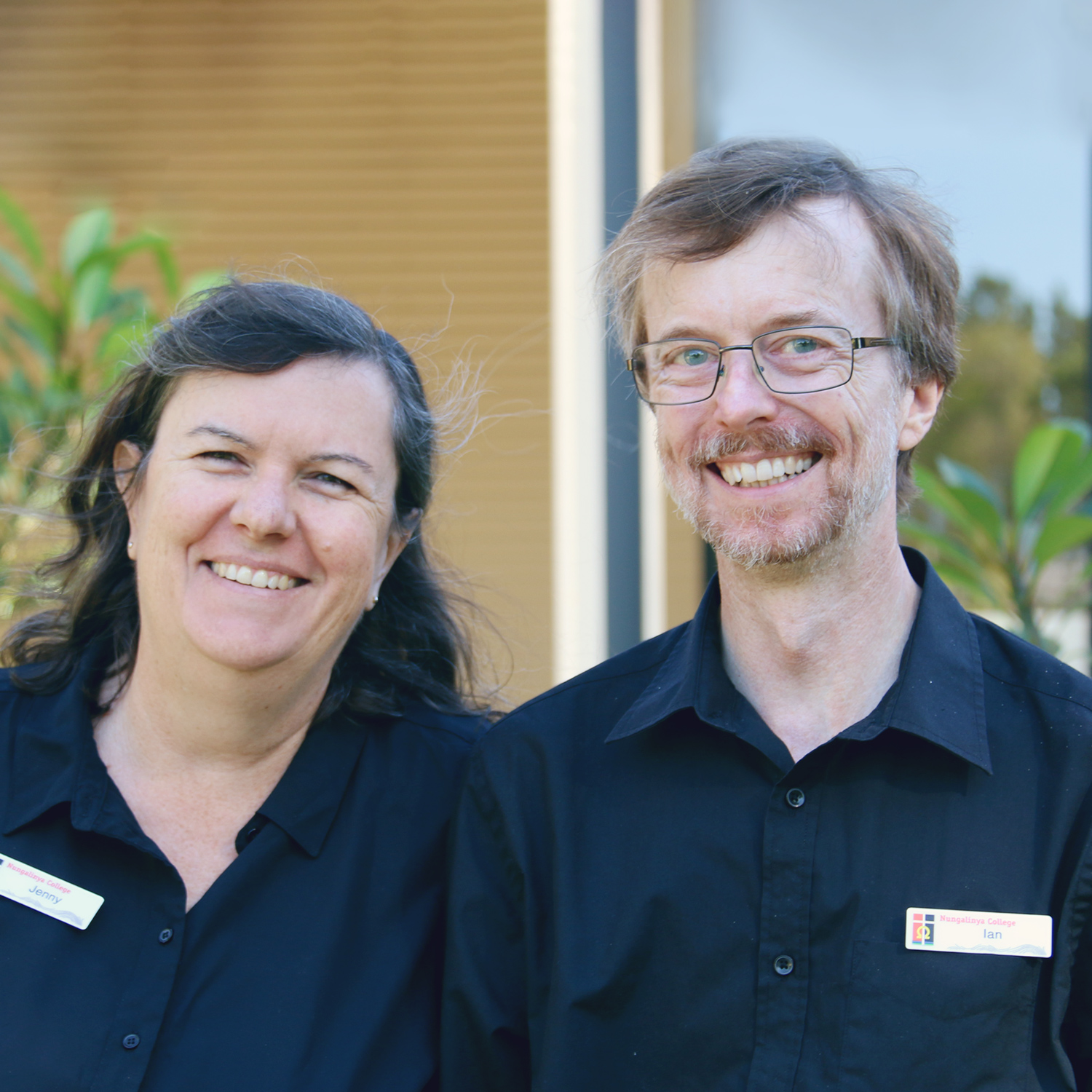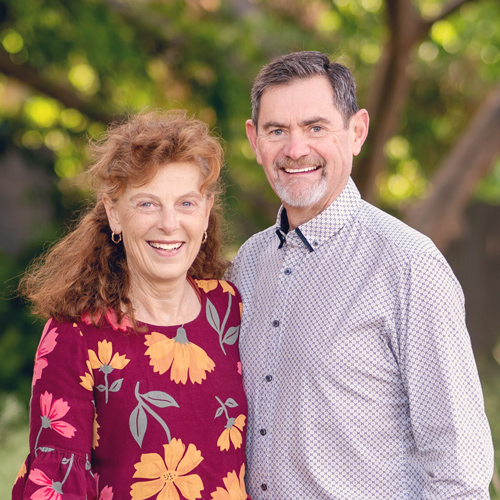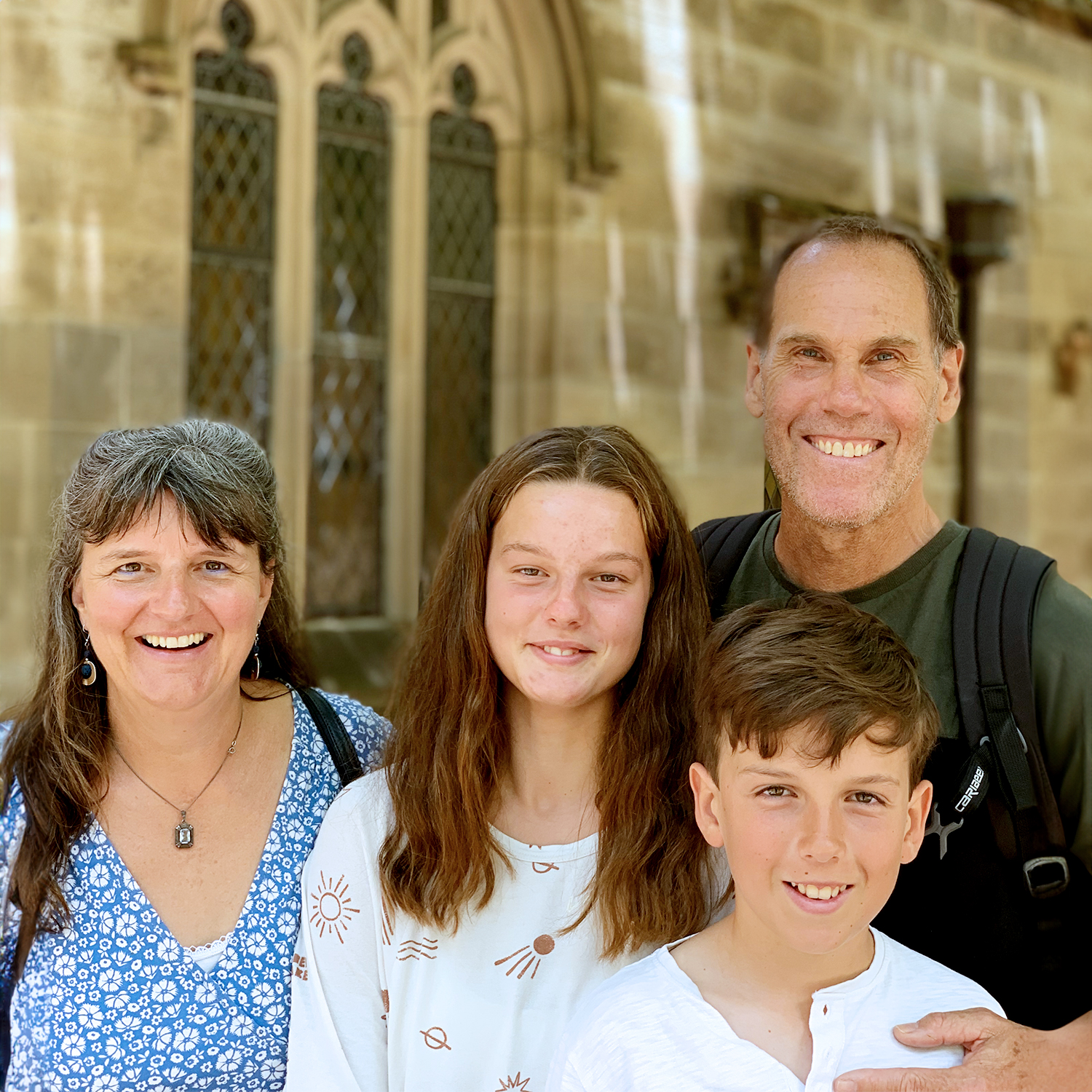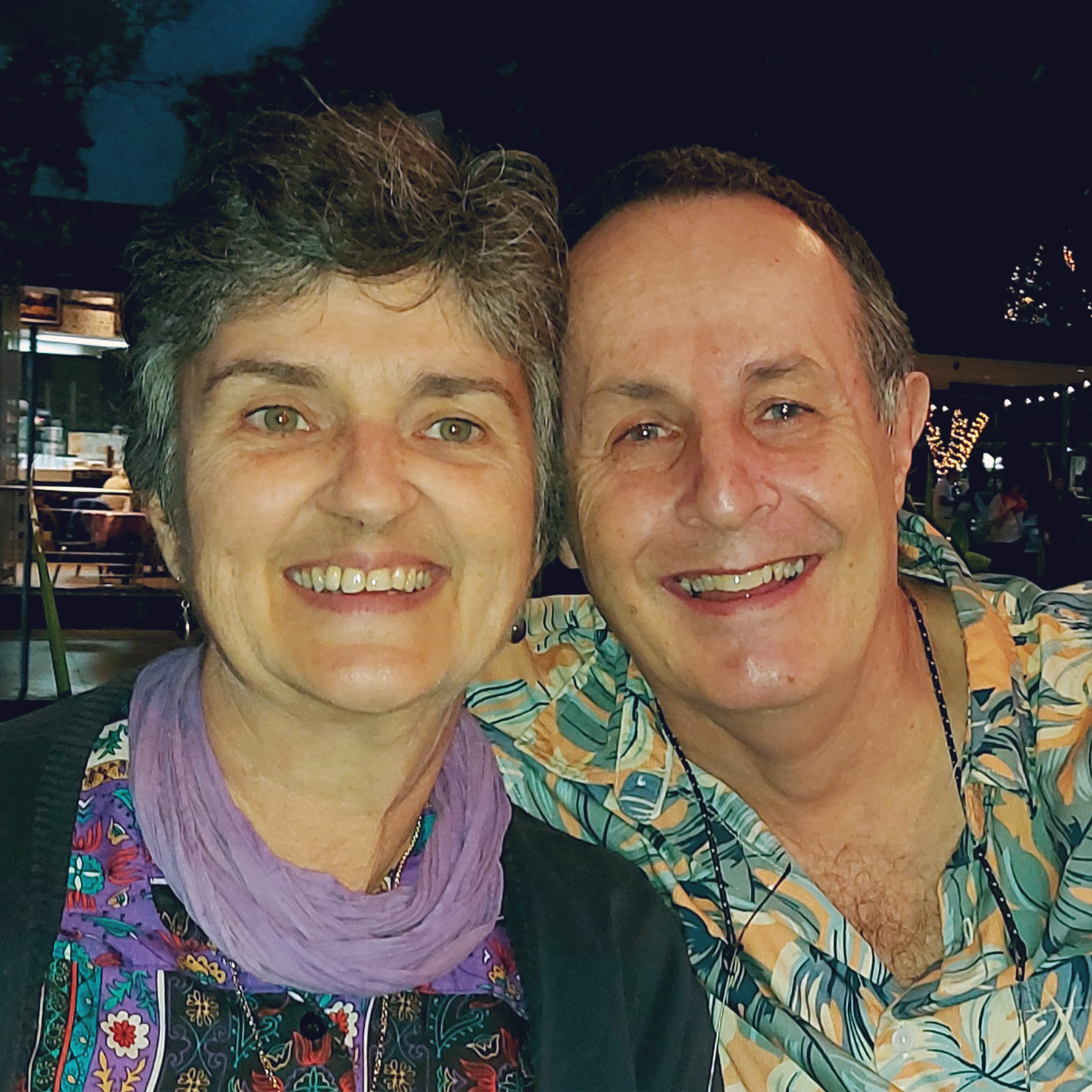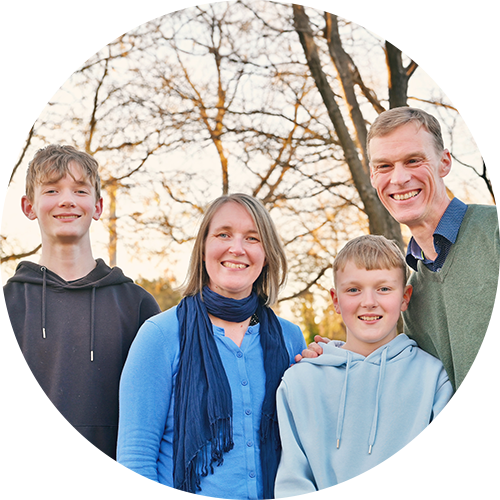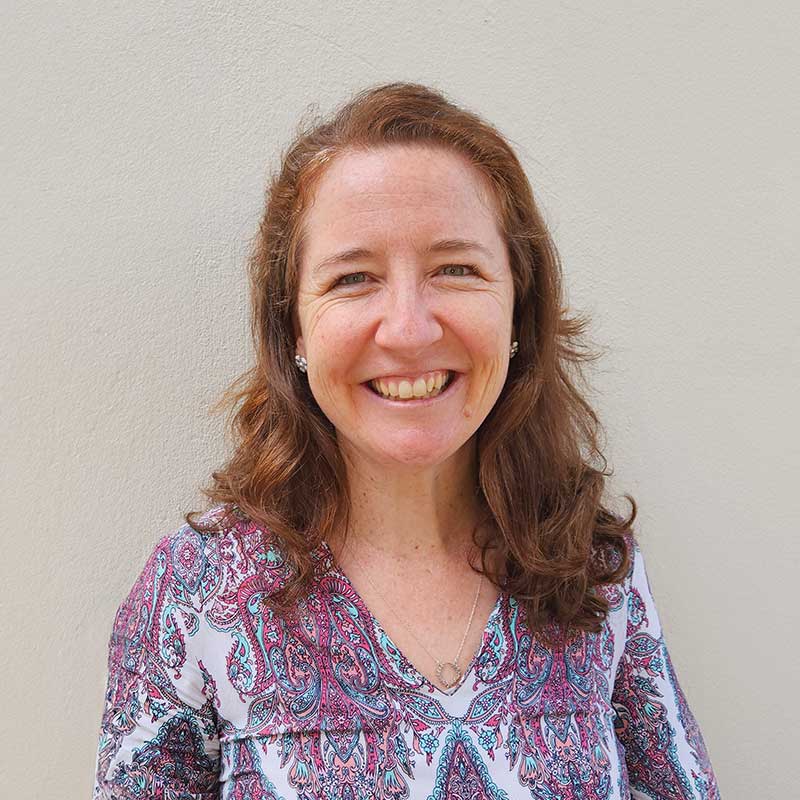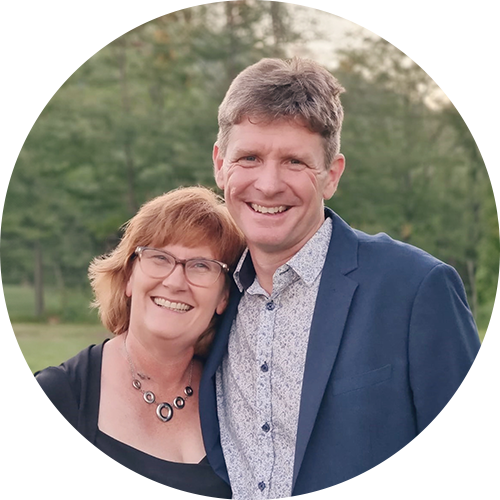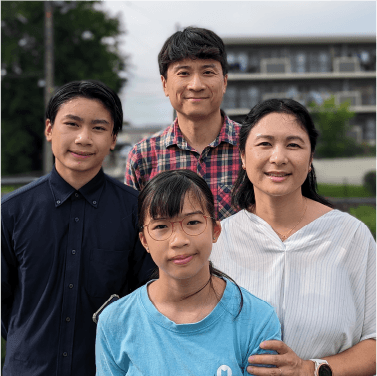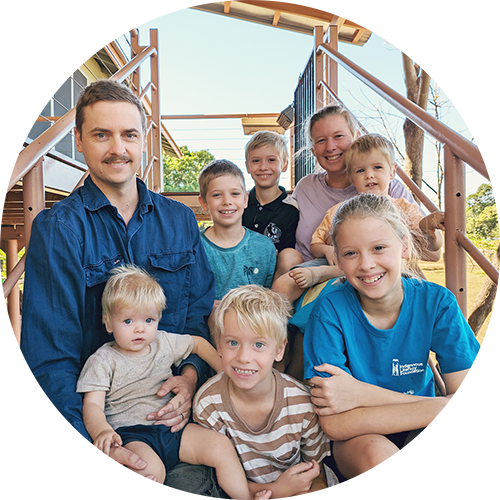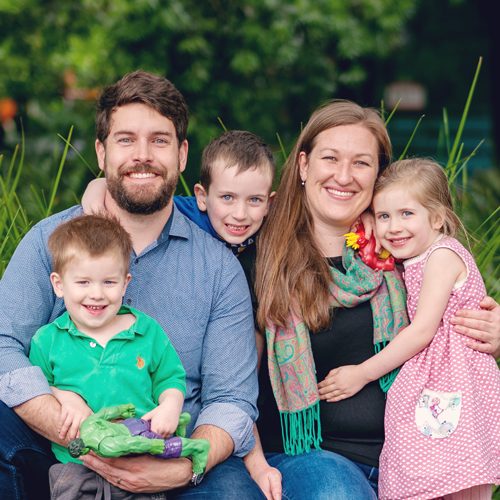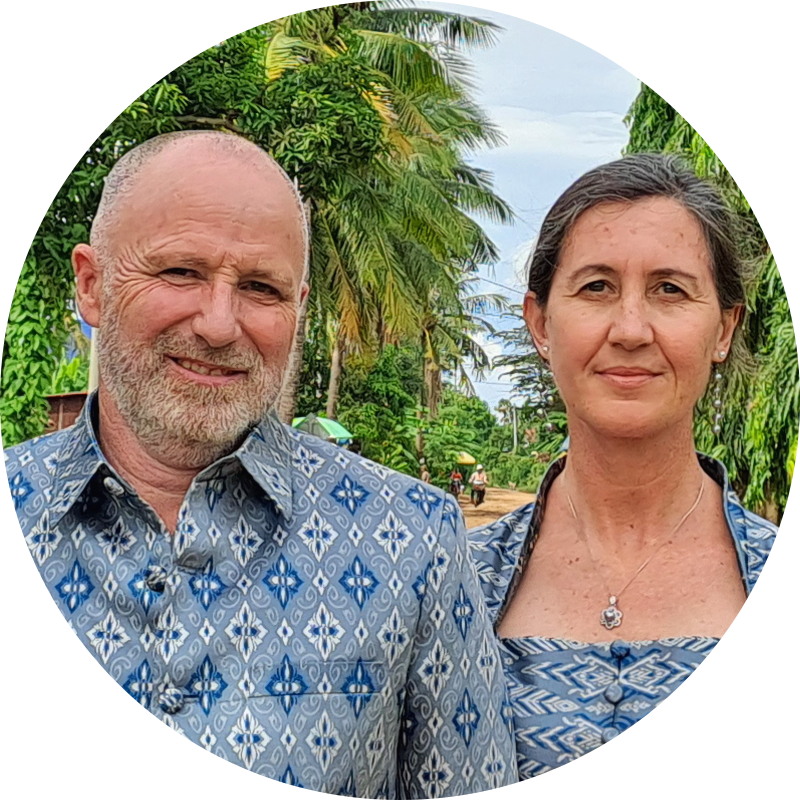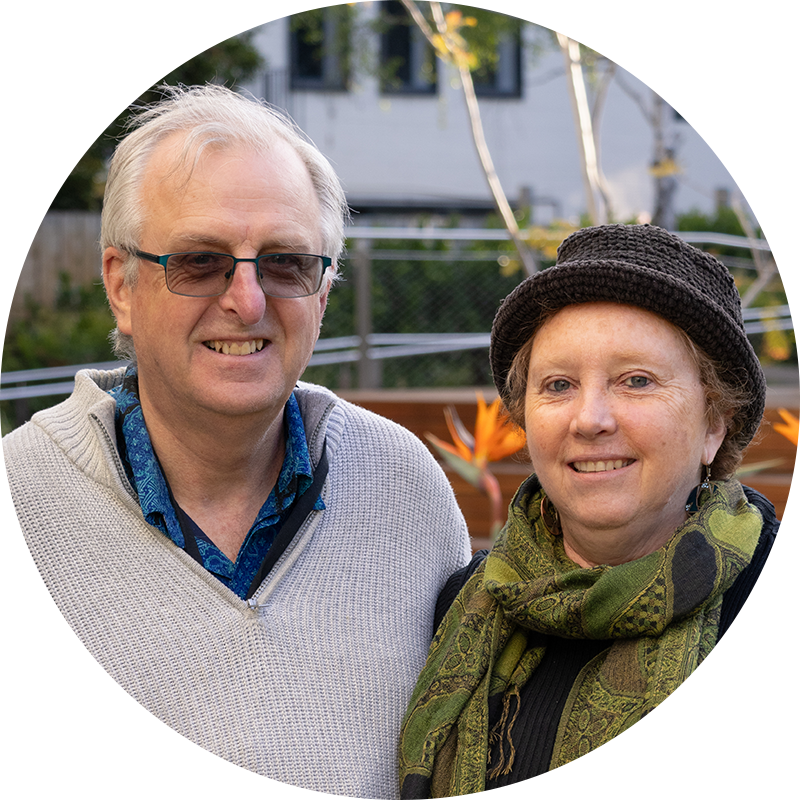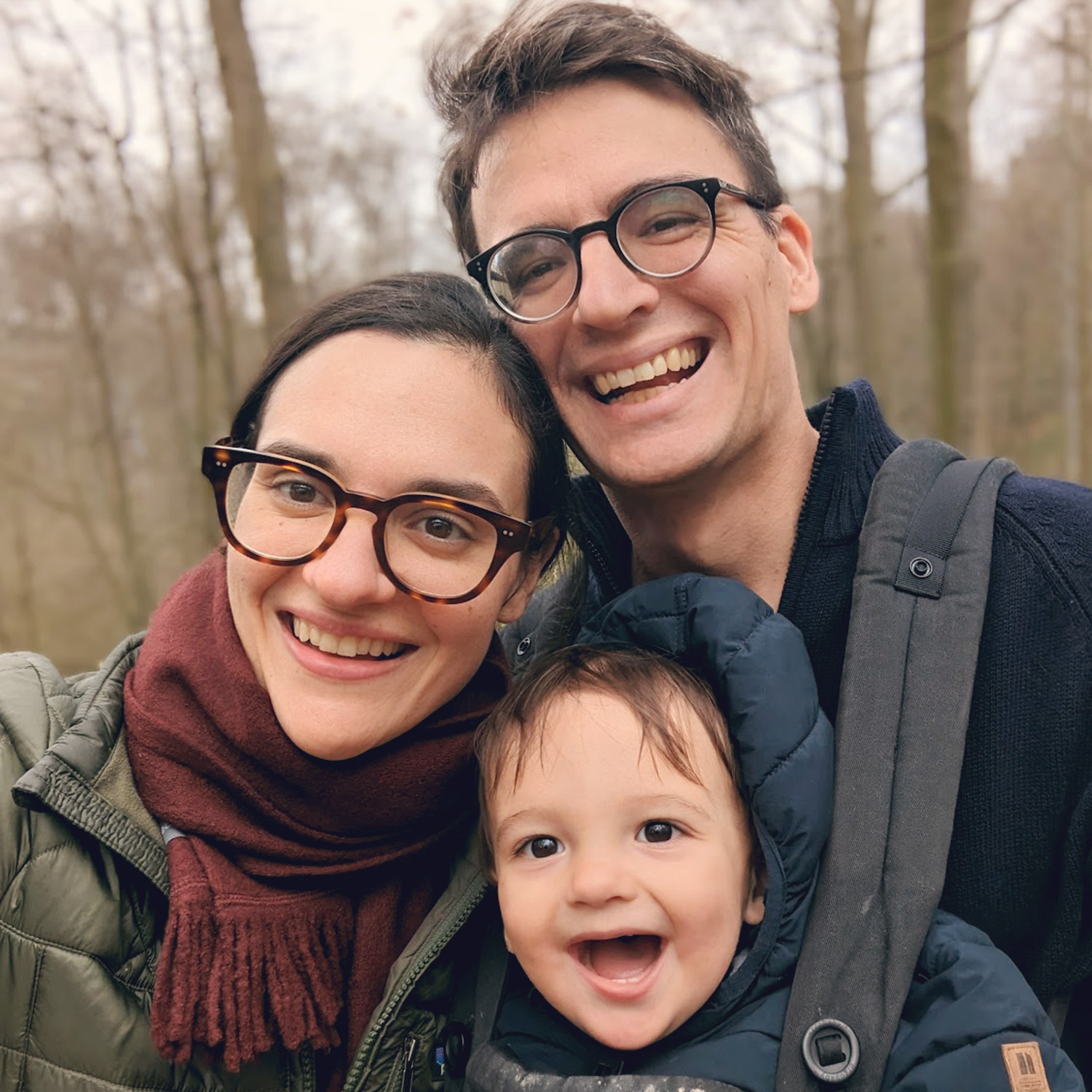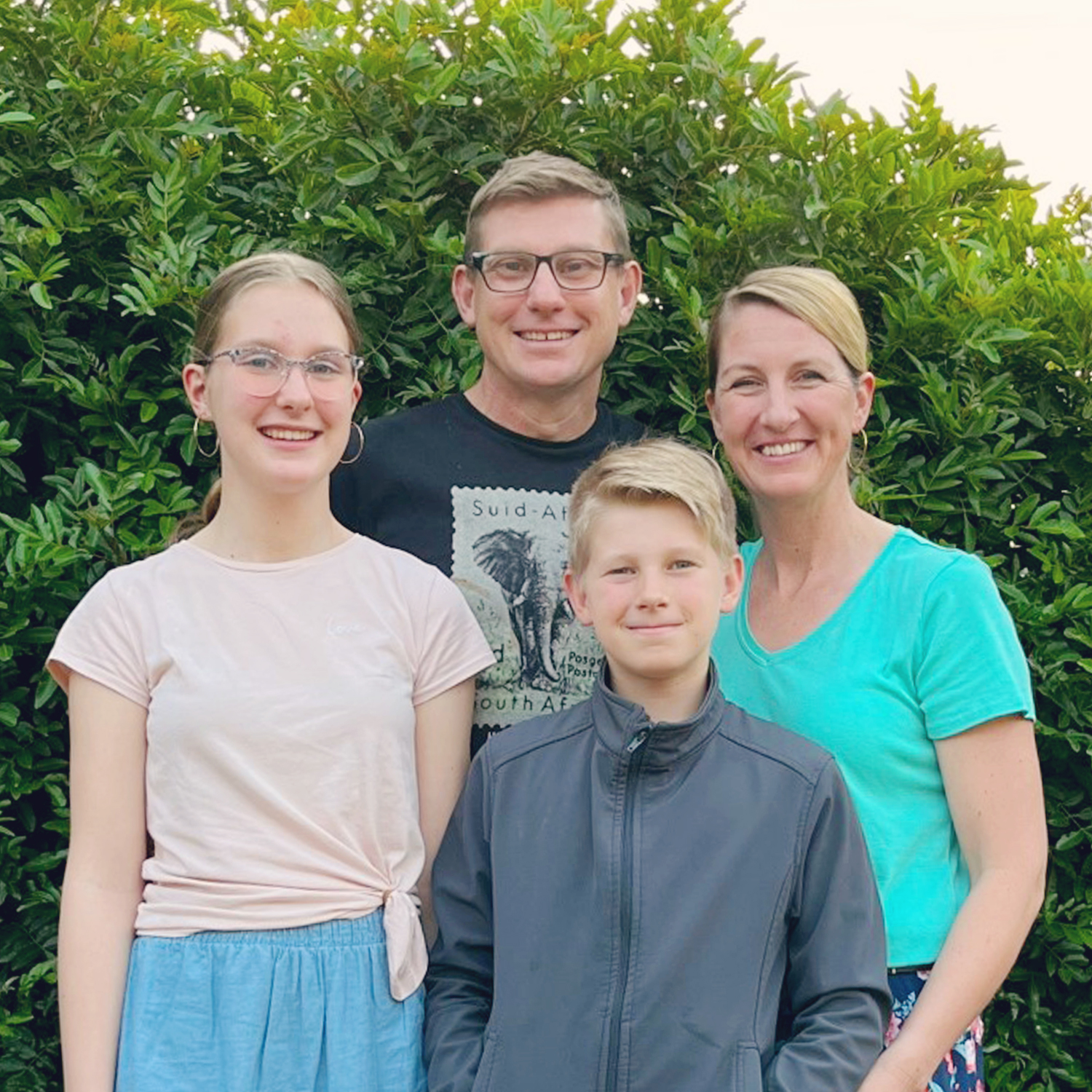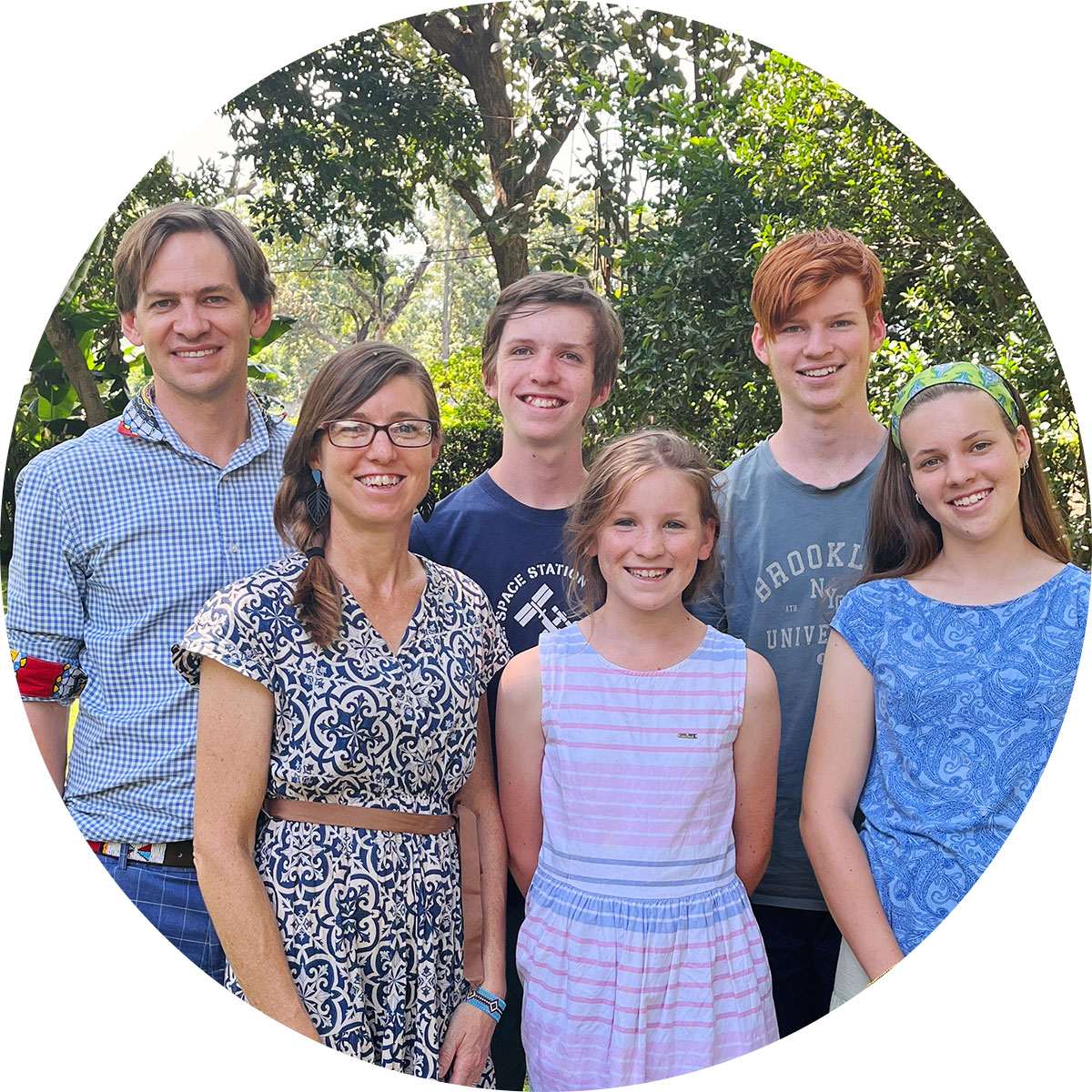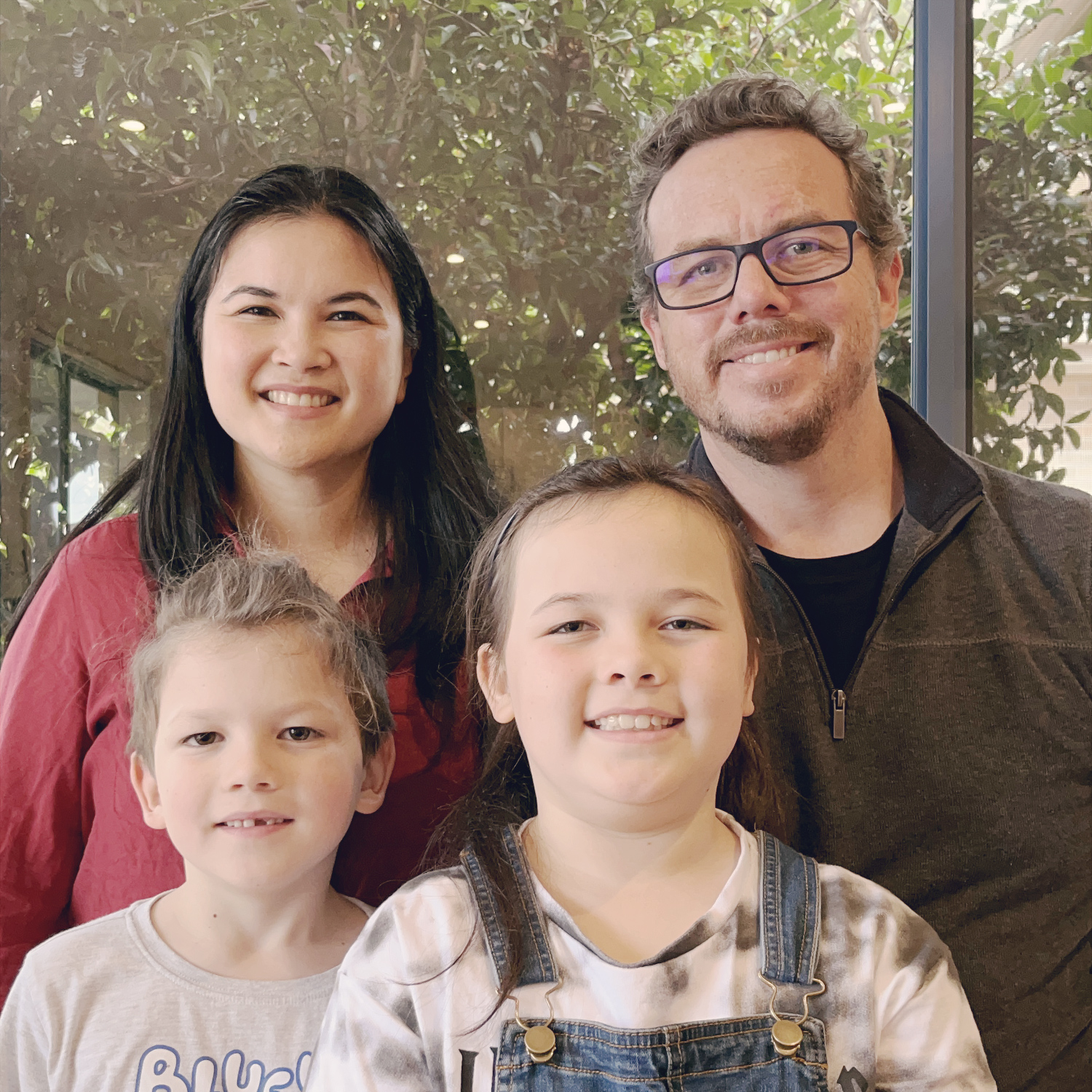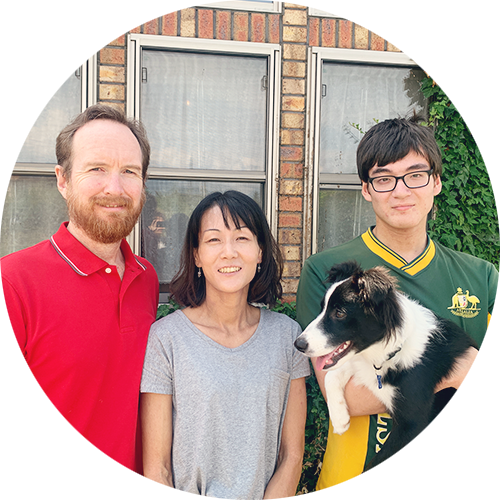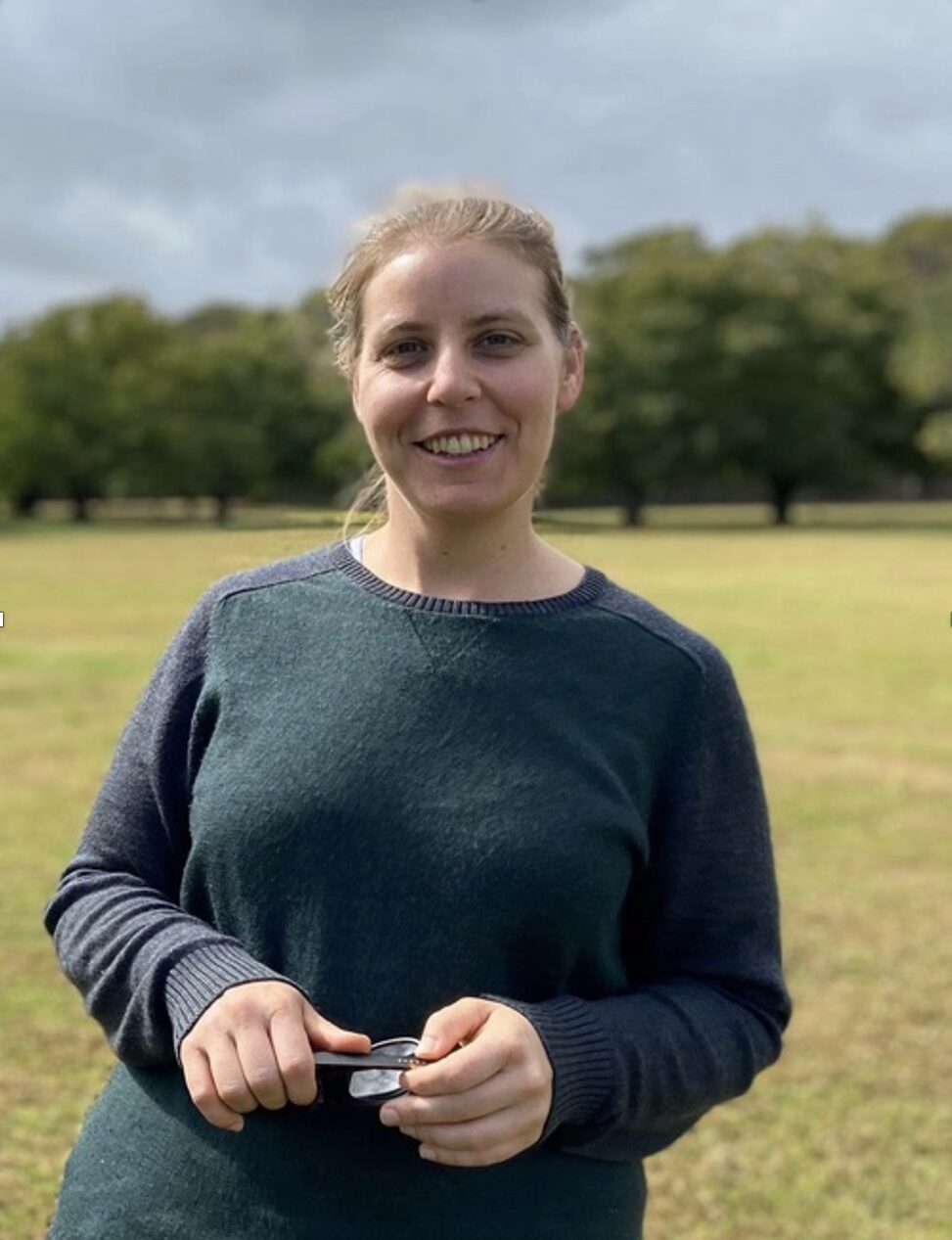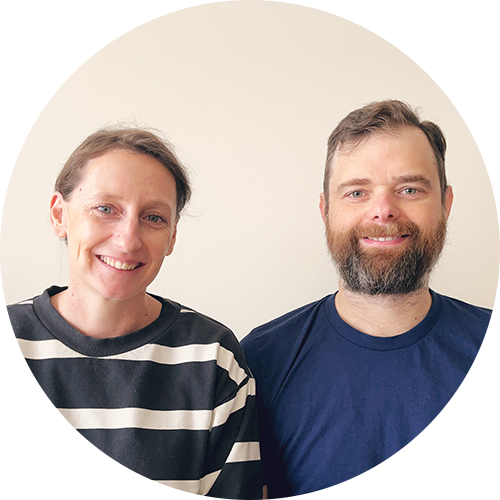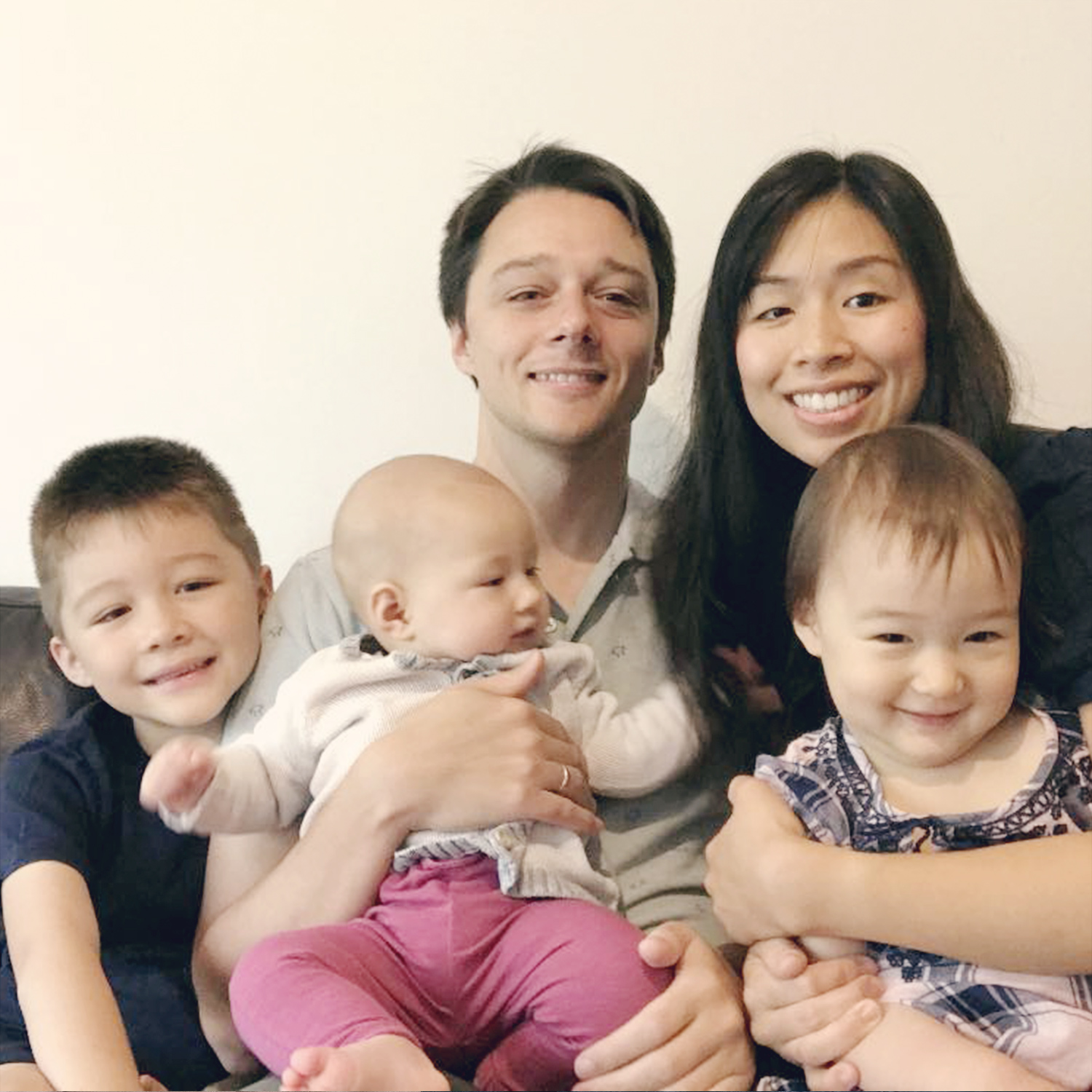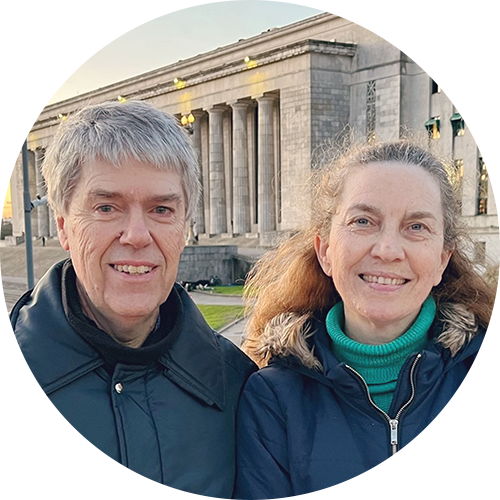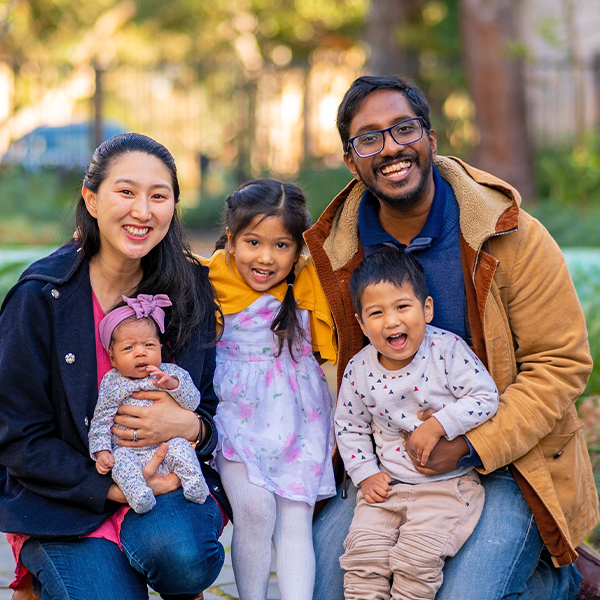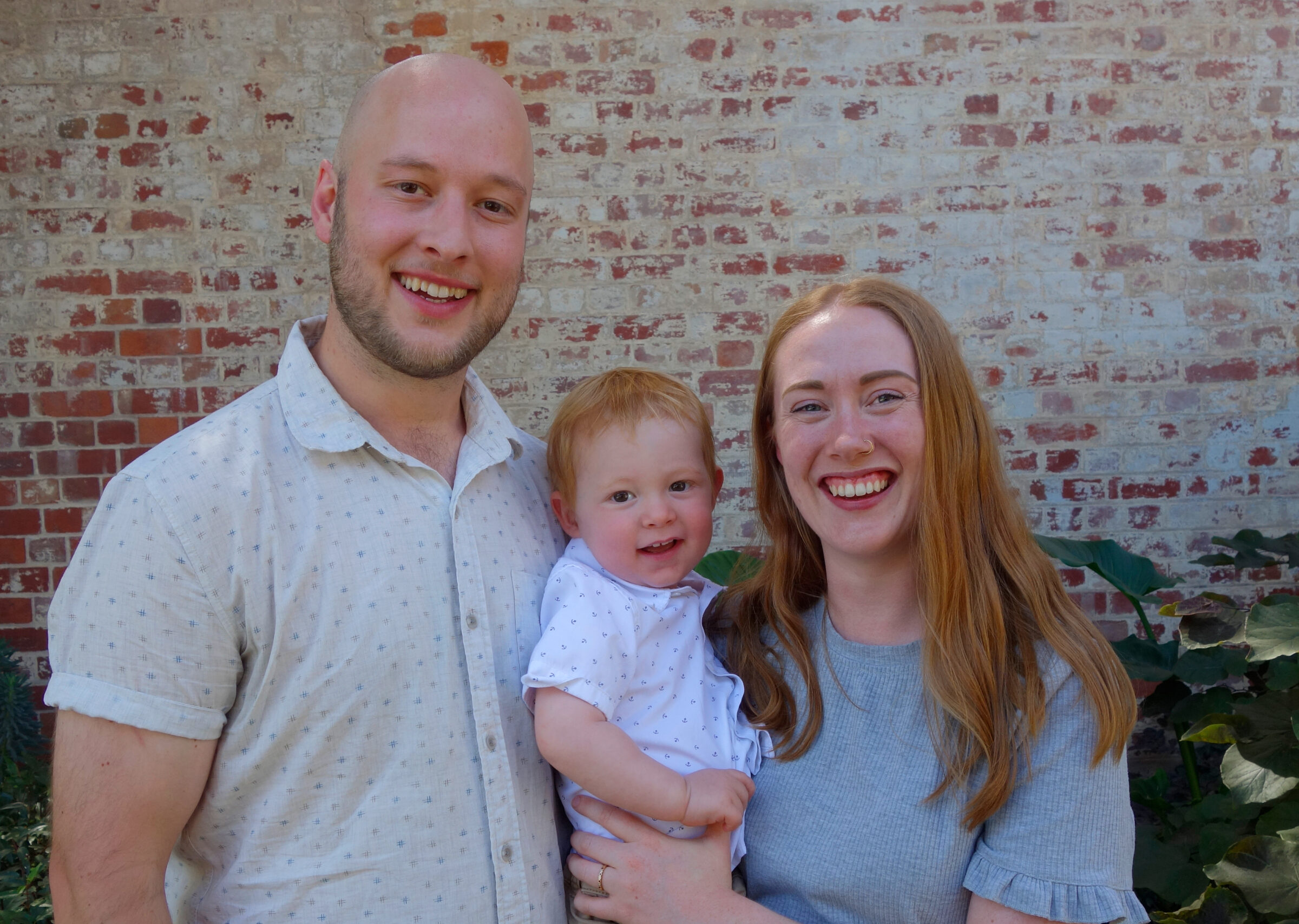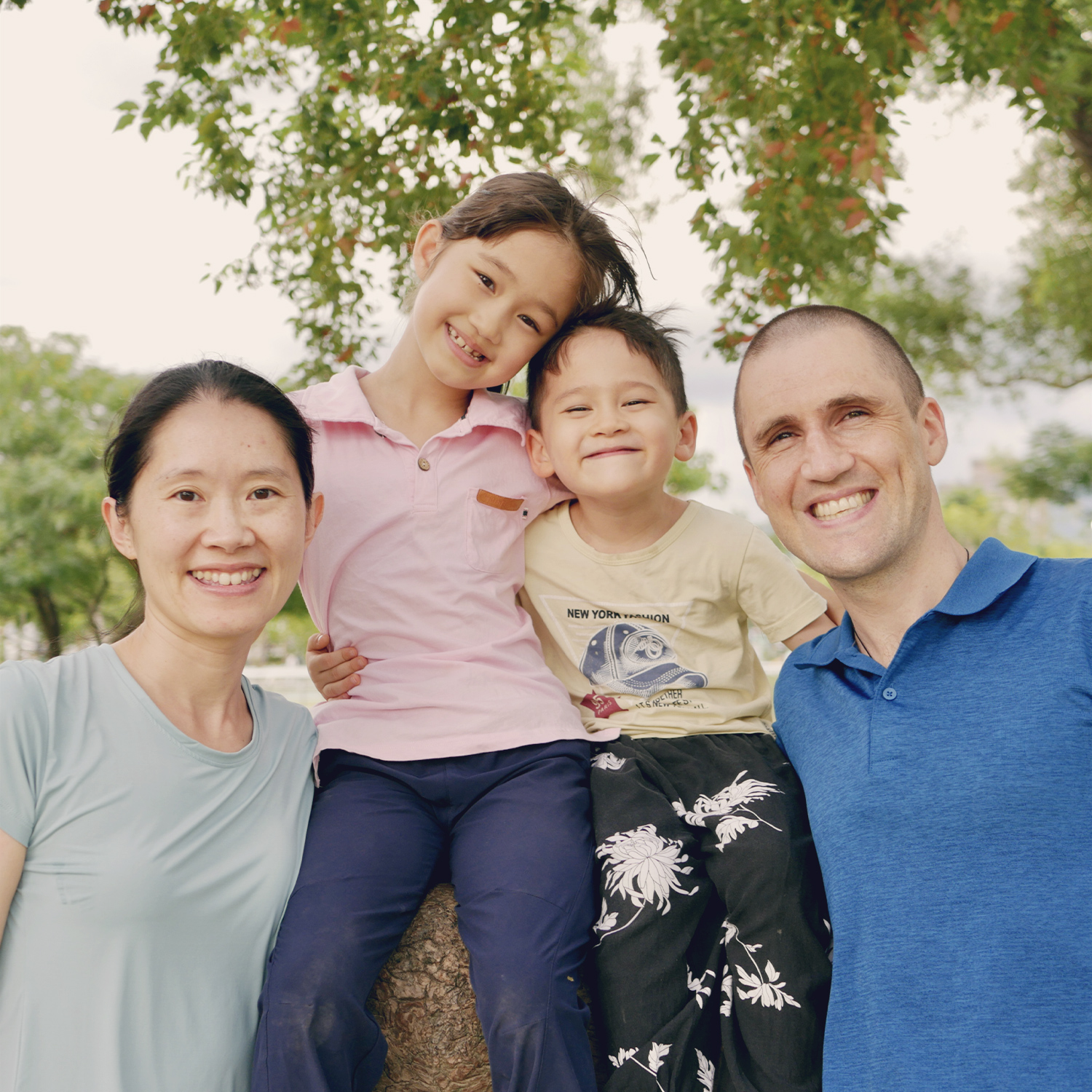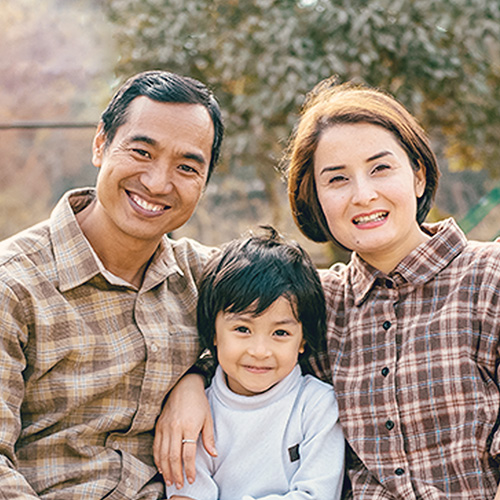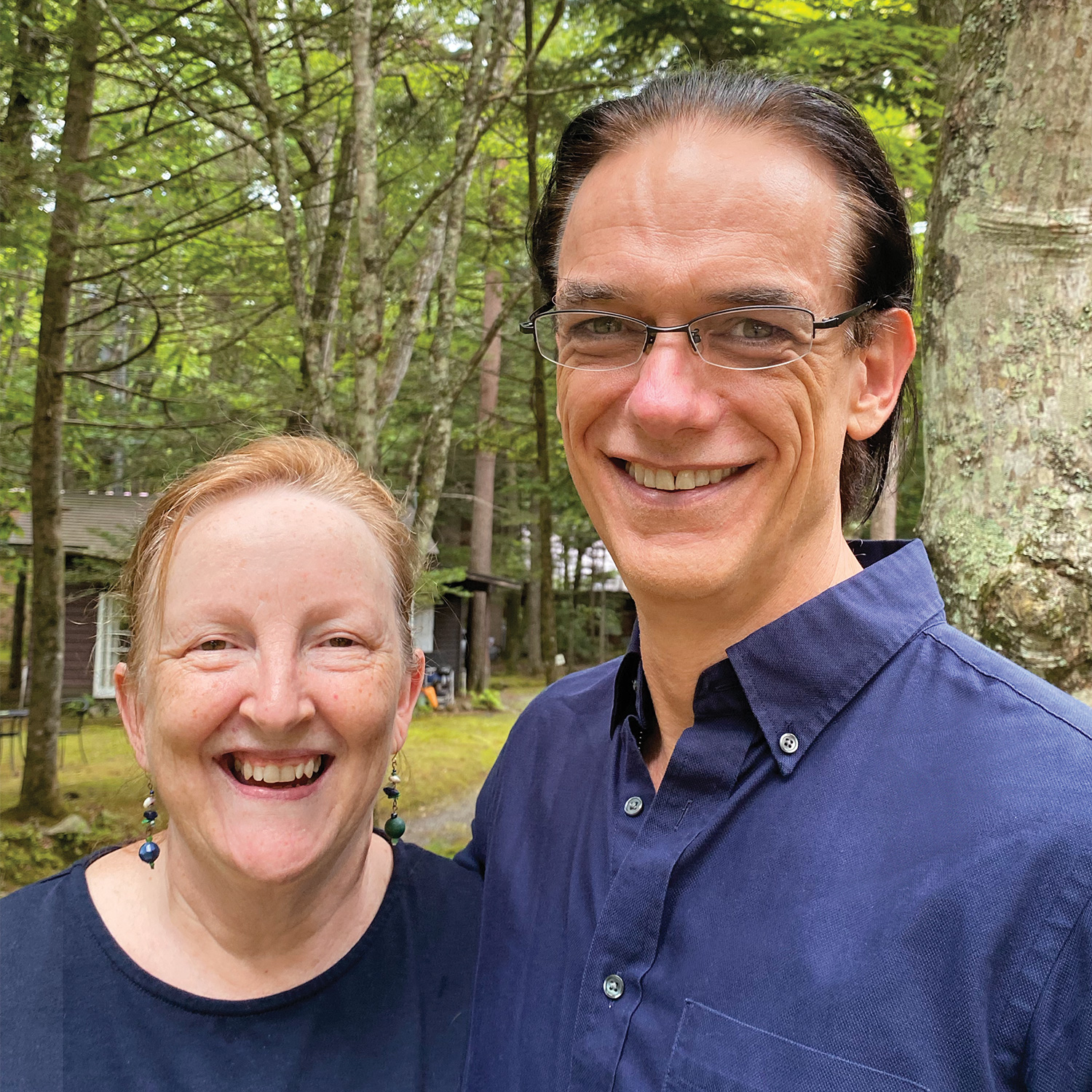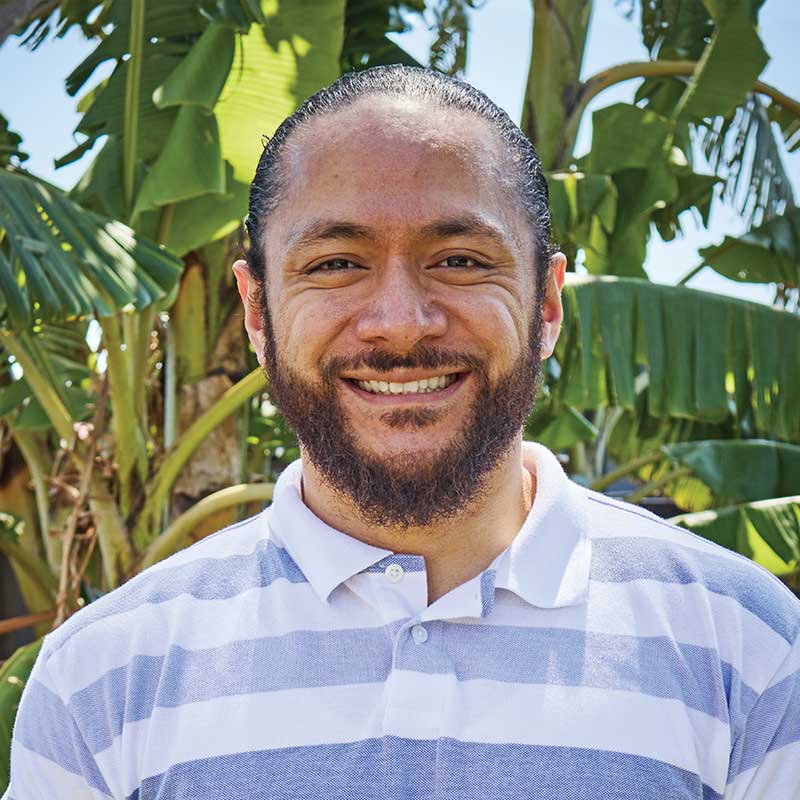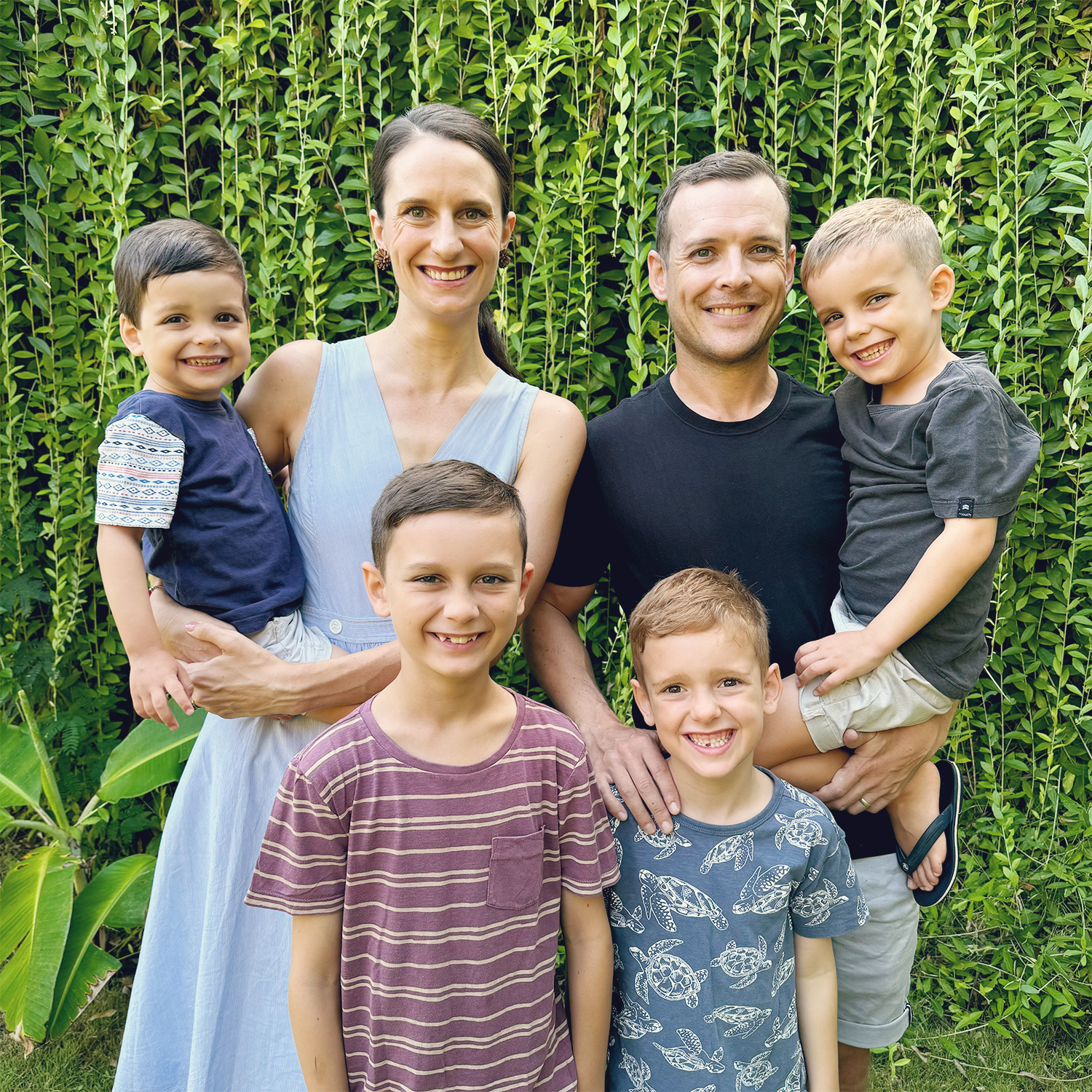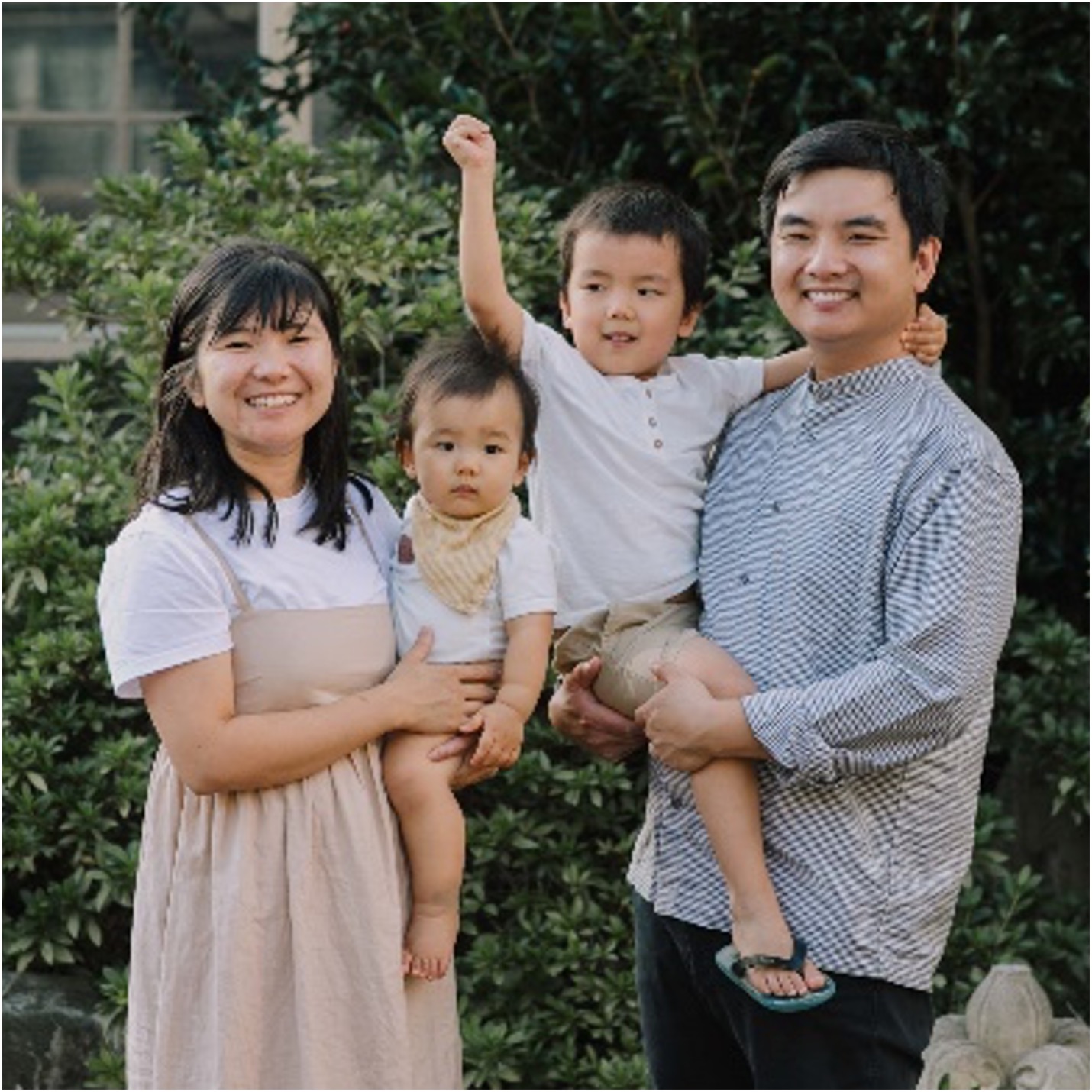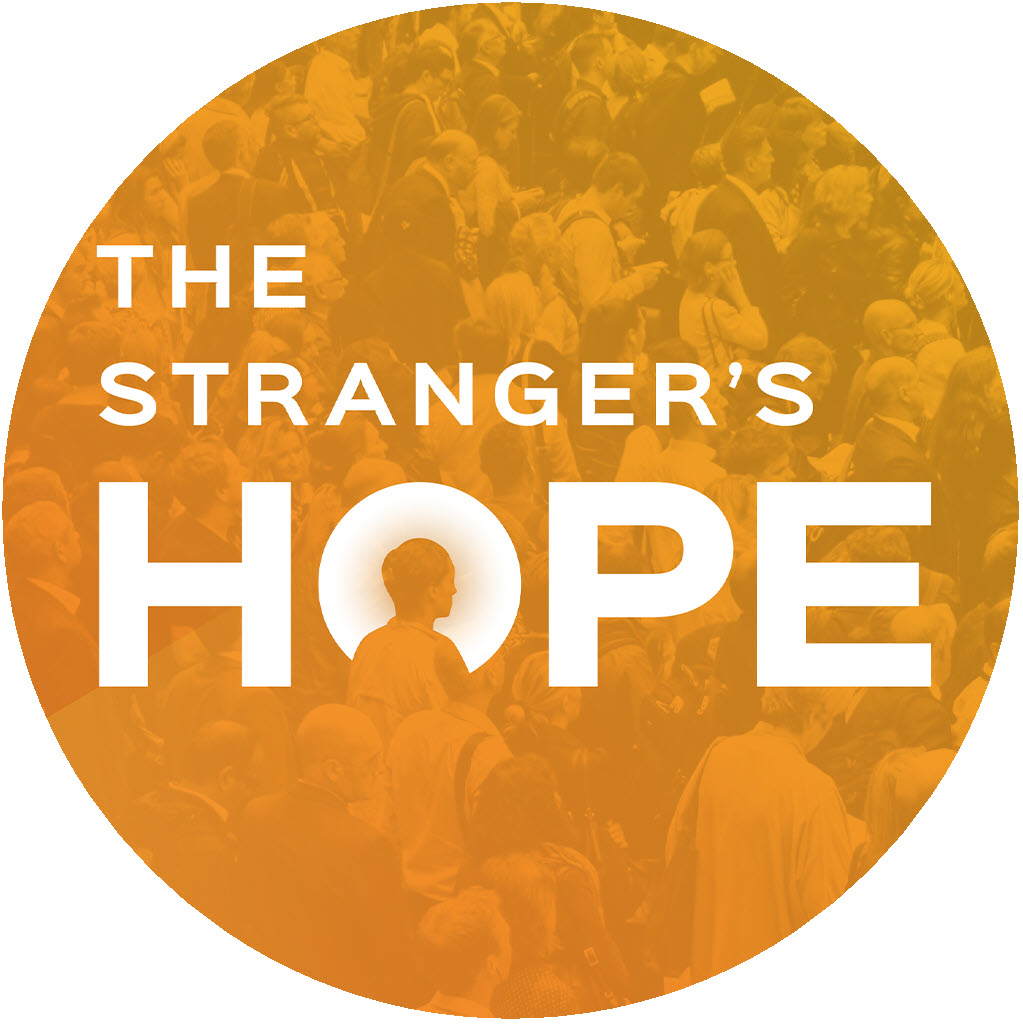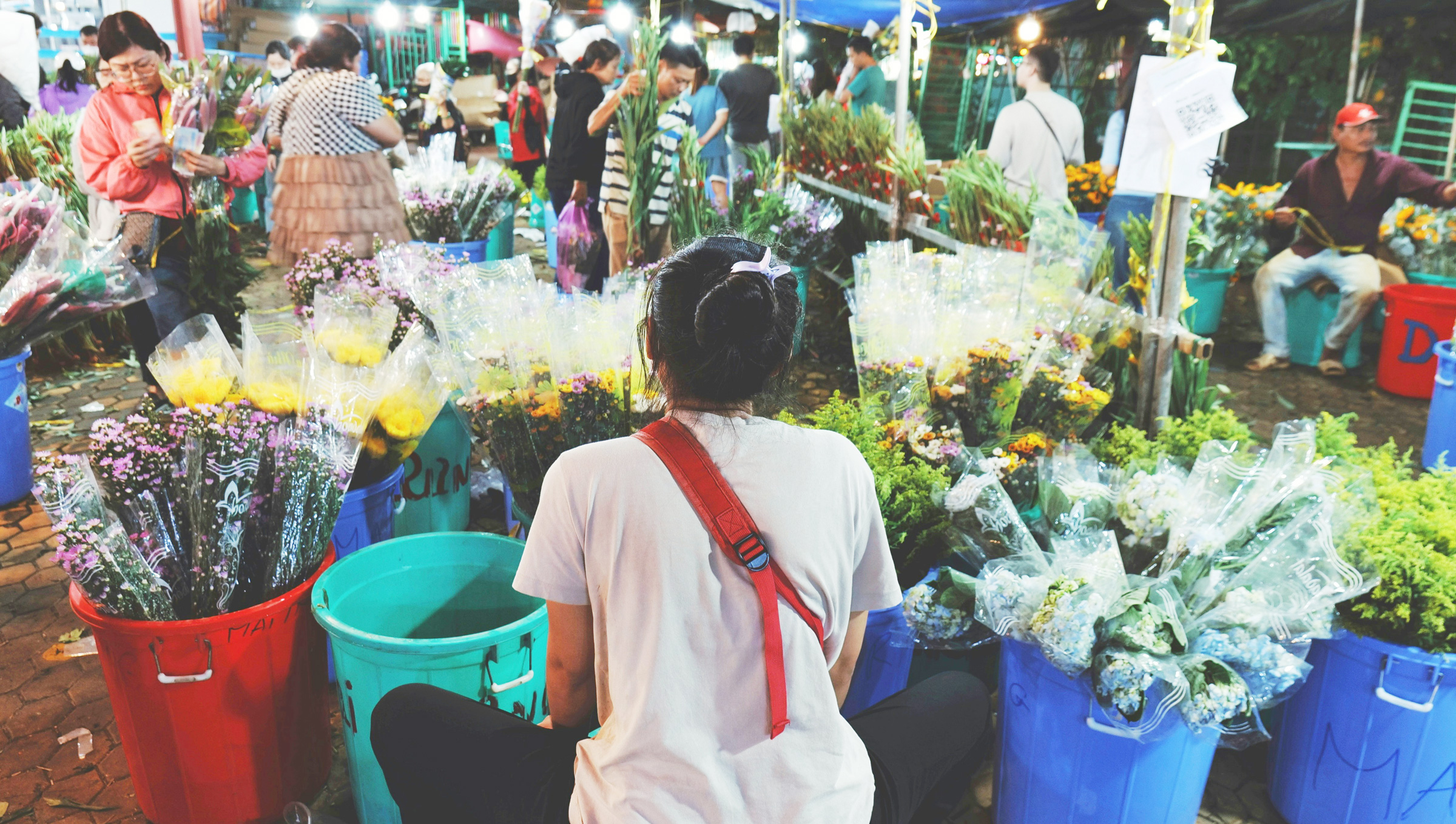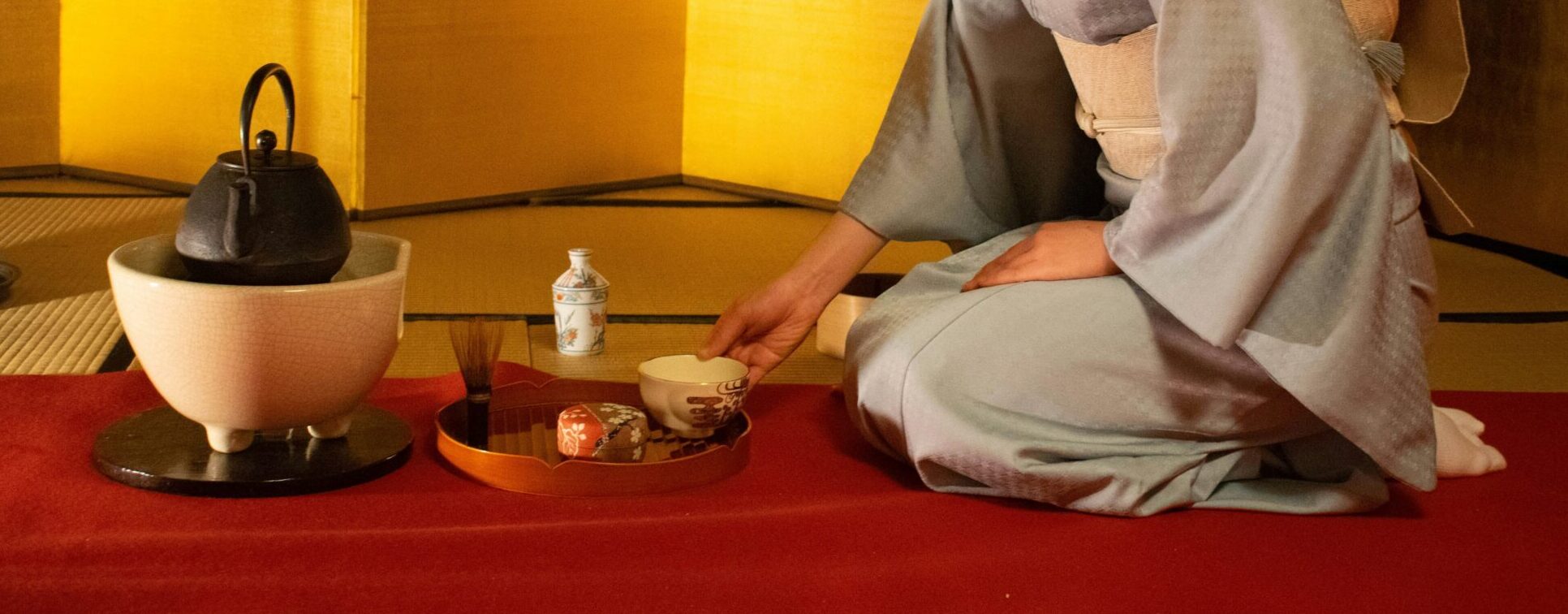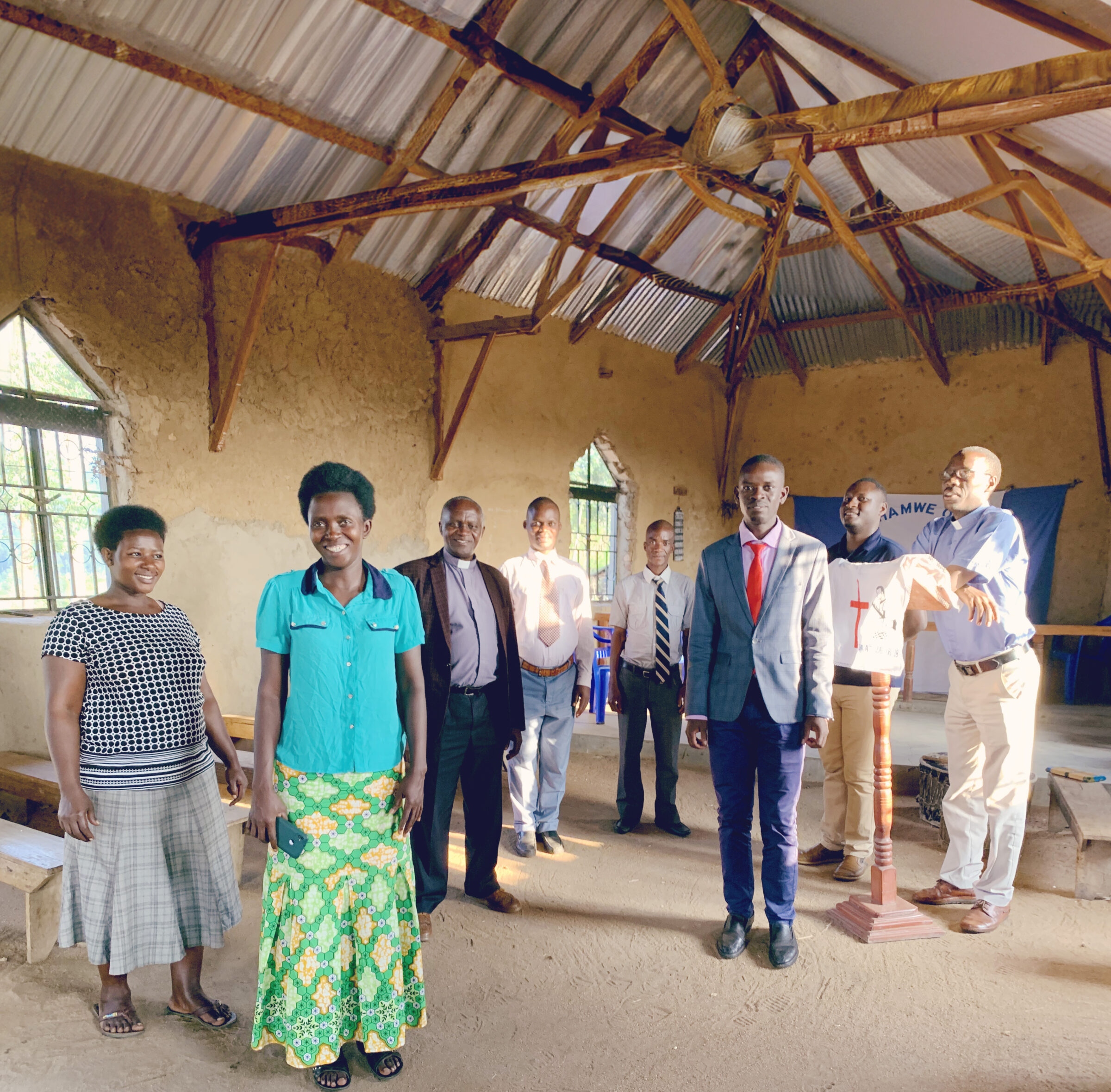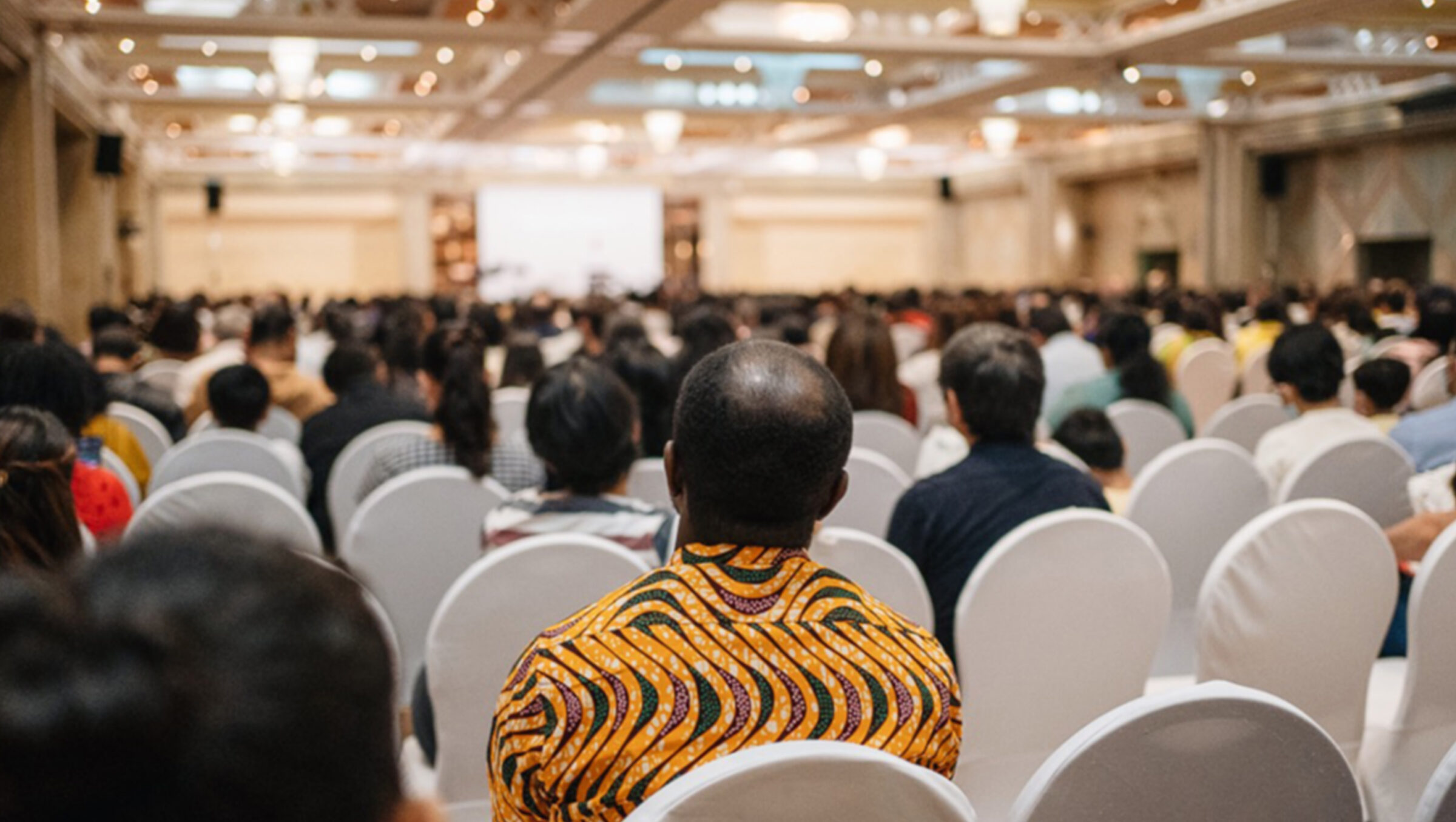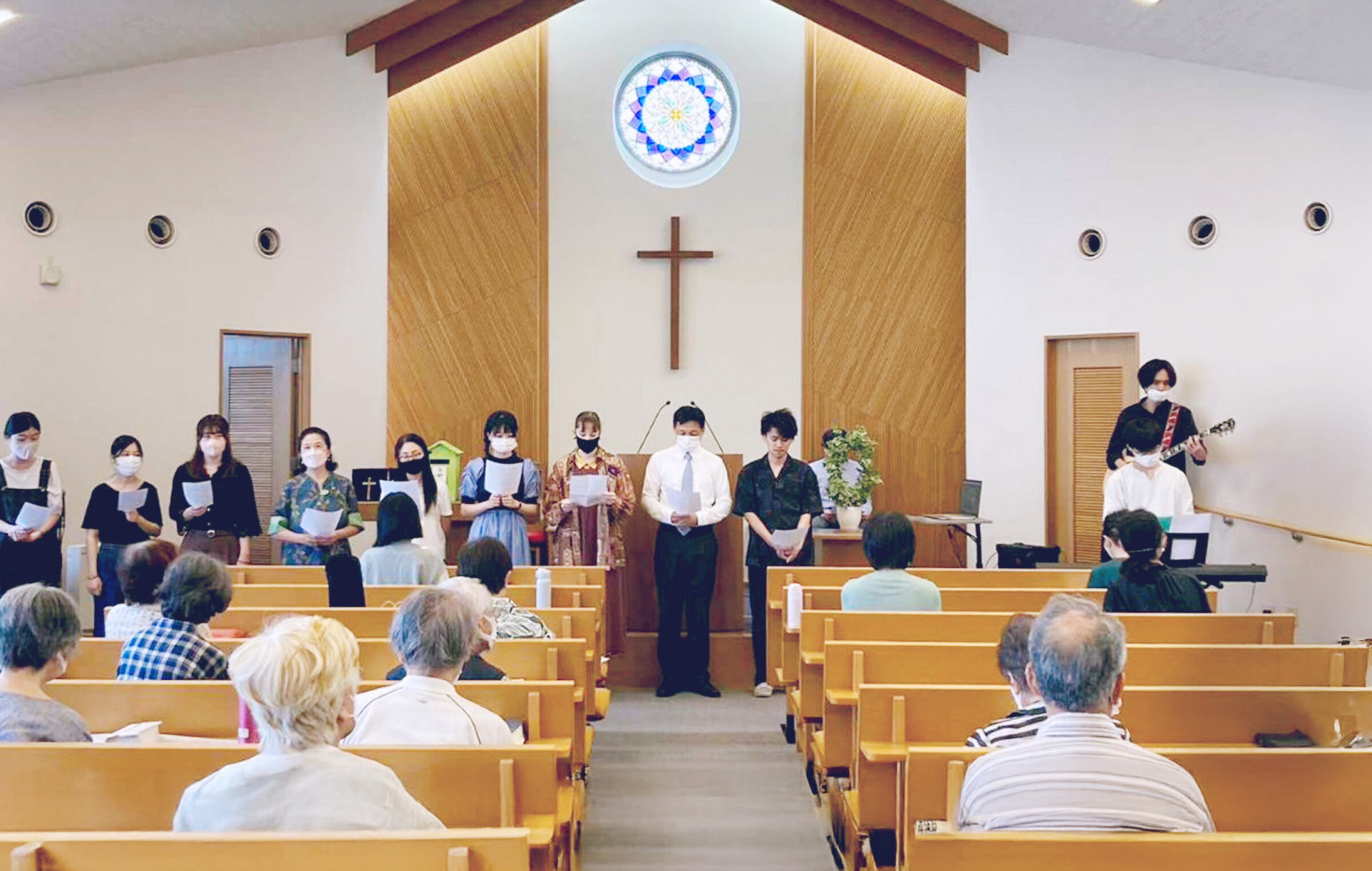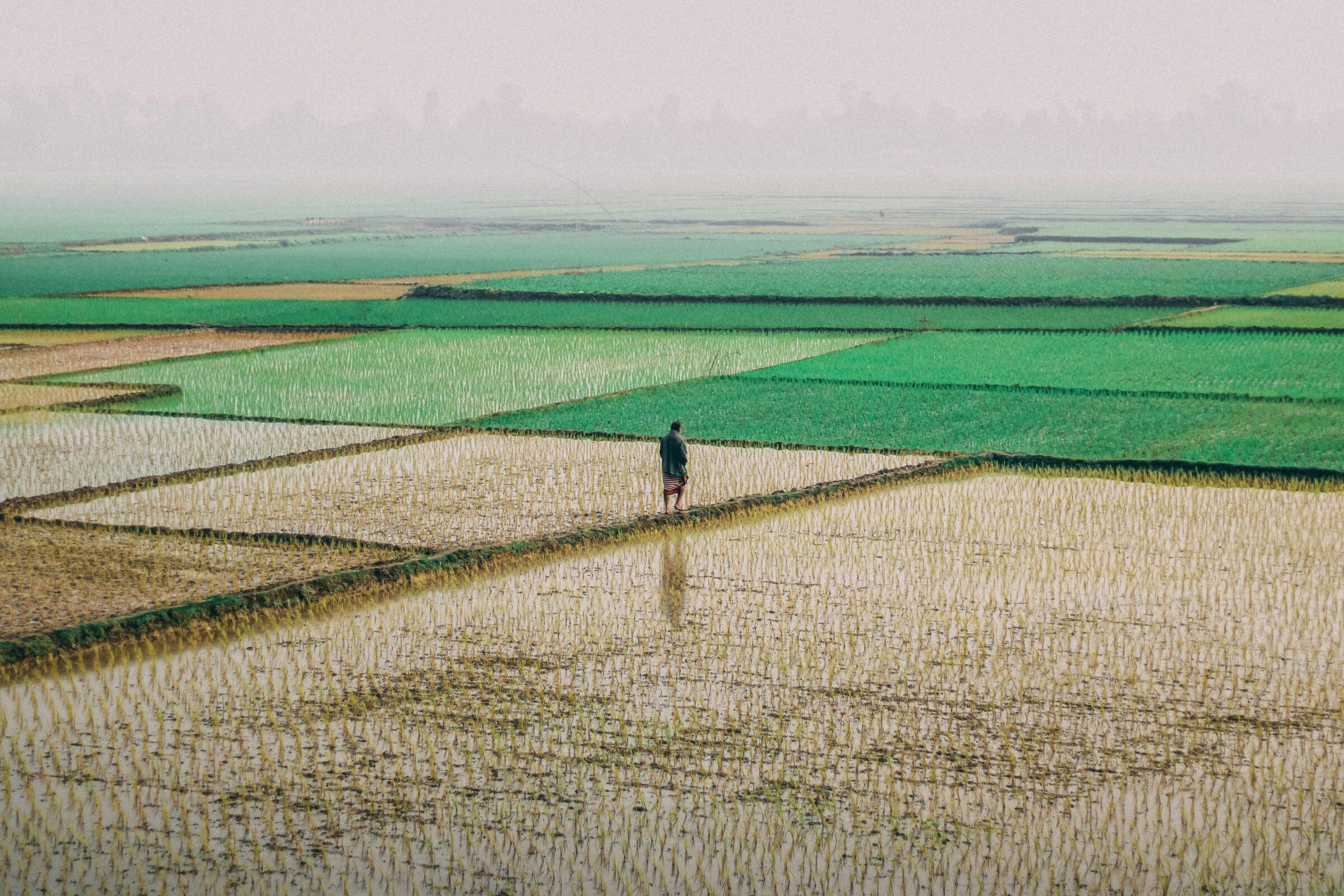Eastern and Western Buddhism in Australia
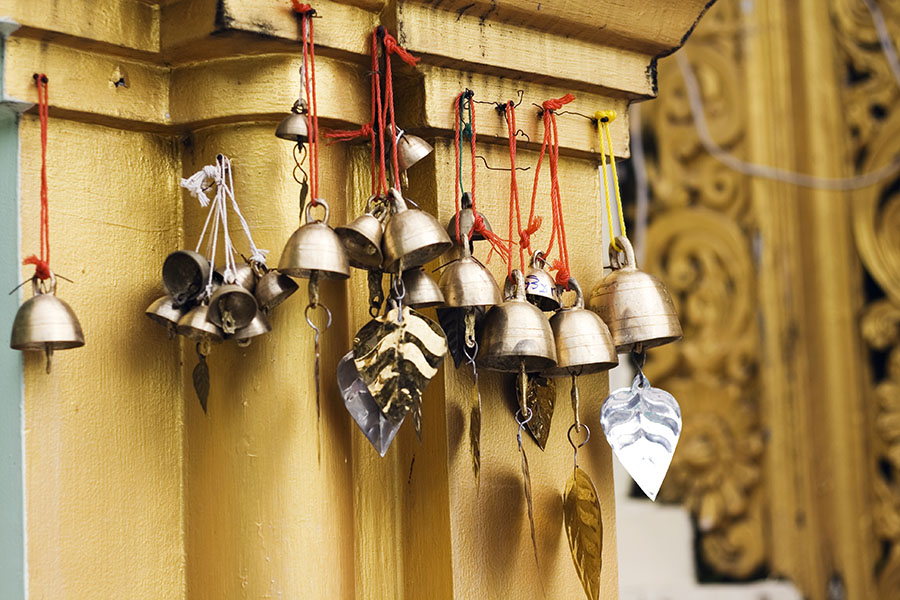
Former CMS missionaries Rolf and Bonnie Lepelaar worked amongst Buddhists in Cambodia for more than 10 years, returning to Australia in 2016. Rolf shares some evangelism tips for those in Australia seeking to share the gospel with Buddhist neighbours, as well as the useful distinction we can make between Eastern and Western Buddhists.
I sat down next to a woman at the dinner table at a birthday party. It was our first night back in Australia for Home Assignment, having arrived that day from Cambodia. We had never met. All I knew was that she was a young Anglo-Australian. She started to tell me how she was really into Buddhism, saying, “The reason I love Buddhism is because you can make of it whatever you want!”
I said, “So you made your Buddhism what it is.”
“Yes,” she agreed.
“Then really, you’ve made up your own religion.”
She acknowledged my point and realised she had more thinking to do.
How do we build friendships and talk with Buddhists when we meet them here in Australia? I have taught many seminars on Buddhism and realised a long time ago that I need to speak about ‘Buddhisms’, because there is so much variety.
But in practice, I have found the best distinction to make in my own mind is between Western Buddhists and Eastern Buddhists (that is, Buddhists from Asian migrant families). For when speaking to an Eastern Buddhist, you are speaking to someone whose family may well have followed Buddhism for centuries. This means that their Buddhism is almost certainly a matter of family and cultural identity first, rather than commitment to specific Buddhist teachings.
Western Buddhists, however, often embrace Buddhism because, individually and personally, they find it attractive and helpful. It is not a matter of family identity. ‘See if it works for you’ is the common pragmatic message. Asian Buddhists are pragmatically minded too, but for reasons of family tradition, they are often following versions of folk Buddhism, mixing it with ancient local beliefs relating to their family or region.
The great news is that here, in Australia, Buddhists of any and every background are open to talking and being friends with us. One of the best ways a Christian can engage with Buddhists is to invite them to different Christian gatherings and help them to mix with Christians so that they can see Christian love in action. This can open their hearts to finding out more about Jesus.
I recently studied the Christianity Explored course with a Buddhist (an Australian of Asian descent). We got to the end and she said she agreed with the gospel and saw that she needed to place her trust in Jesus. When I encouraged her to do so, she replied, “I don’t know how to.” She knew the practical rituals involved in following Buddhism, but felt ignorant of any corresponding rituals to do with Christianity. This meant (for example) that a basic explanation of prayer as speaking to God—without all the trappings of religious ritual—needed to be covered. Having understood this, she was happy to pray a prayer accepting Jesus as Lord and Saviour; likewise, she was keen to buy a Bible and read it, and to join the local church. It just needed to be explained in simple terms.
Understanding the distinctions between ‘Buddhisms’ is useful and listening carefully matters. Above all, though, we should look to build friendships and pray that we might explain the gospel of grace with simplicity and clarity.
CARE
The best approach to learning about the type of Buddhism followed by Buddhists in your neighbourhood or local community is to ask questions, listen carefully, give gospel answers and show hospitality.



